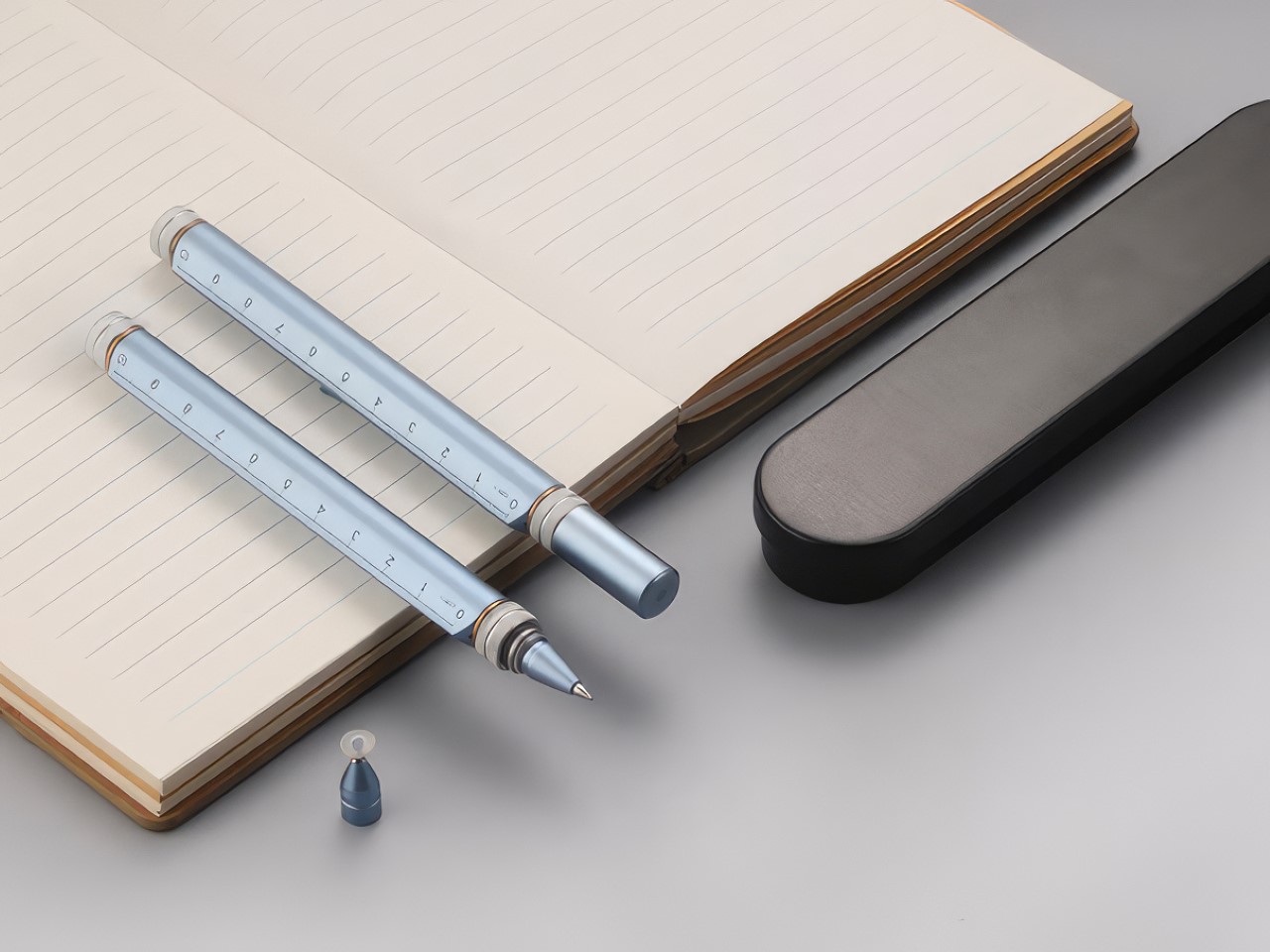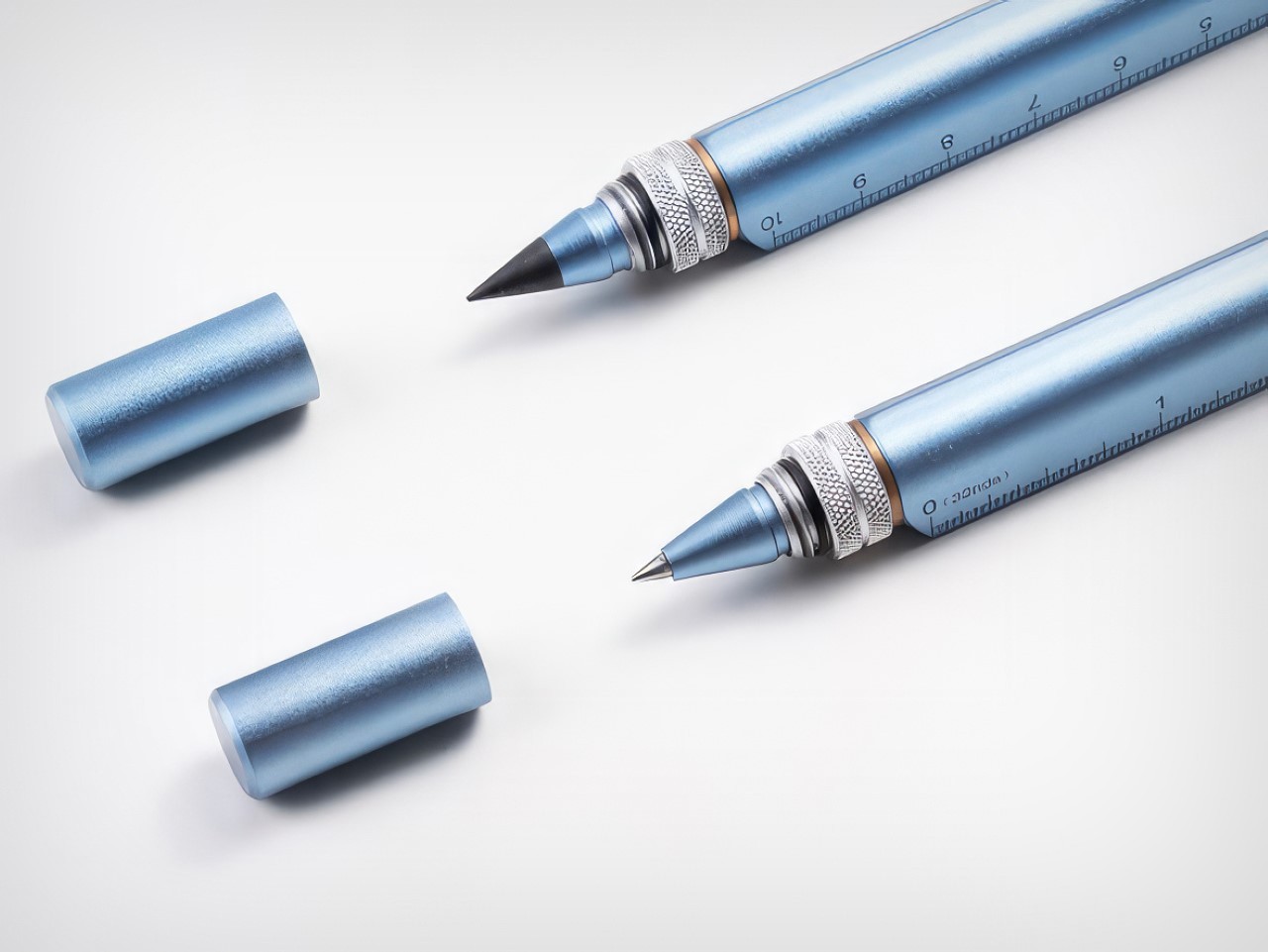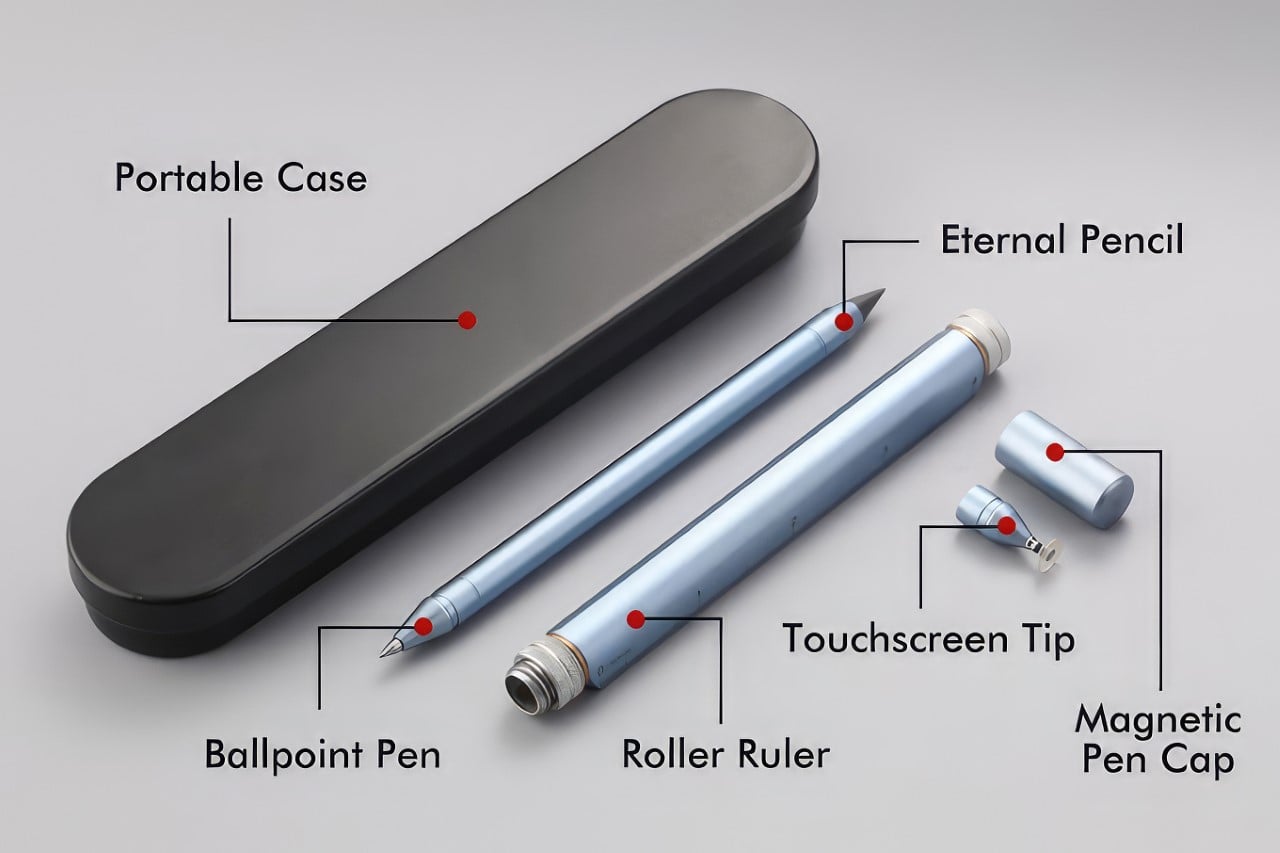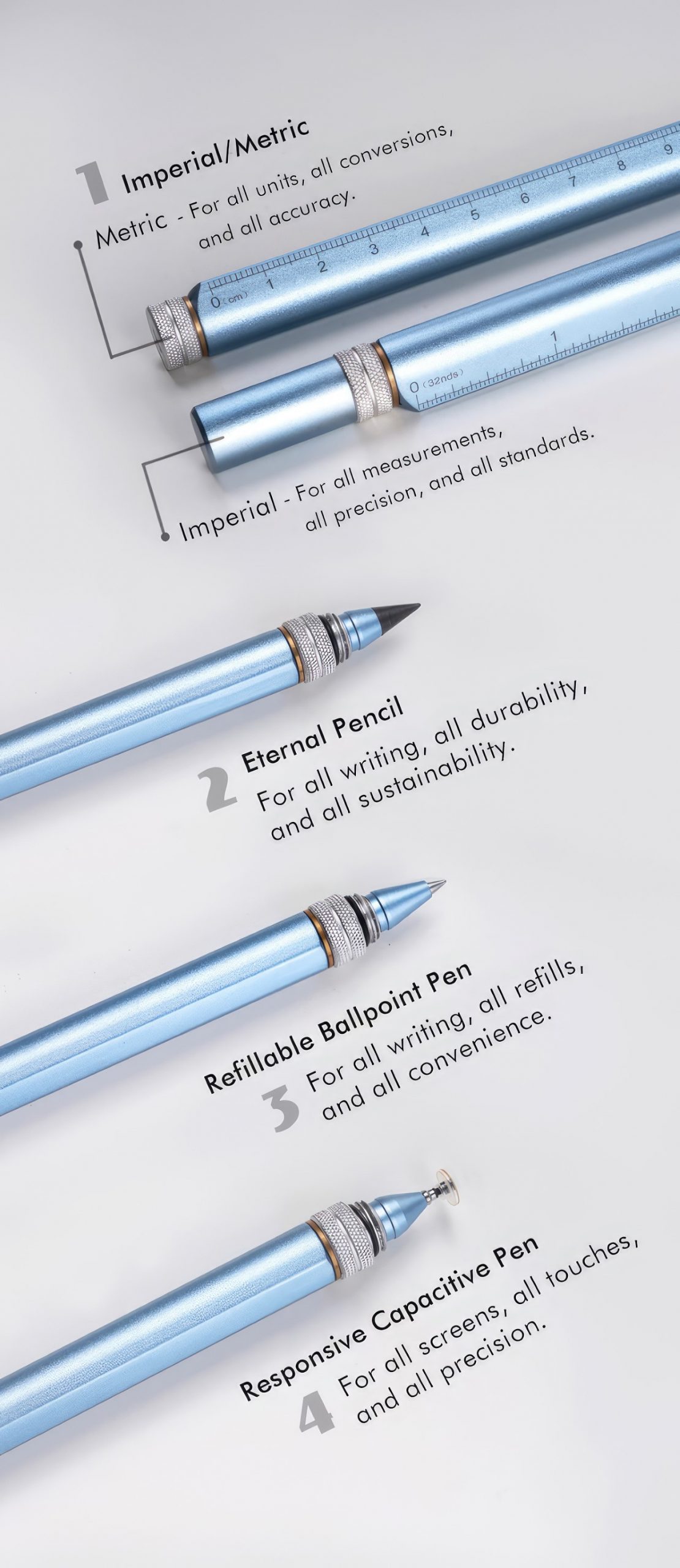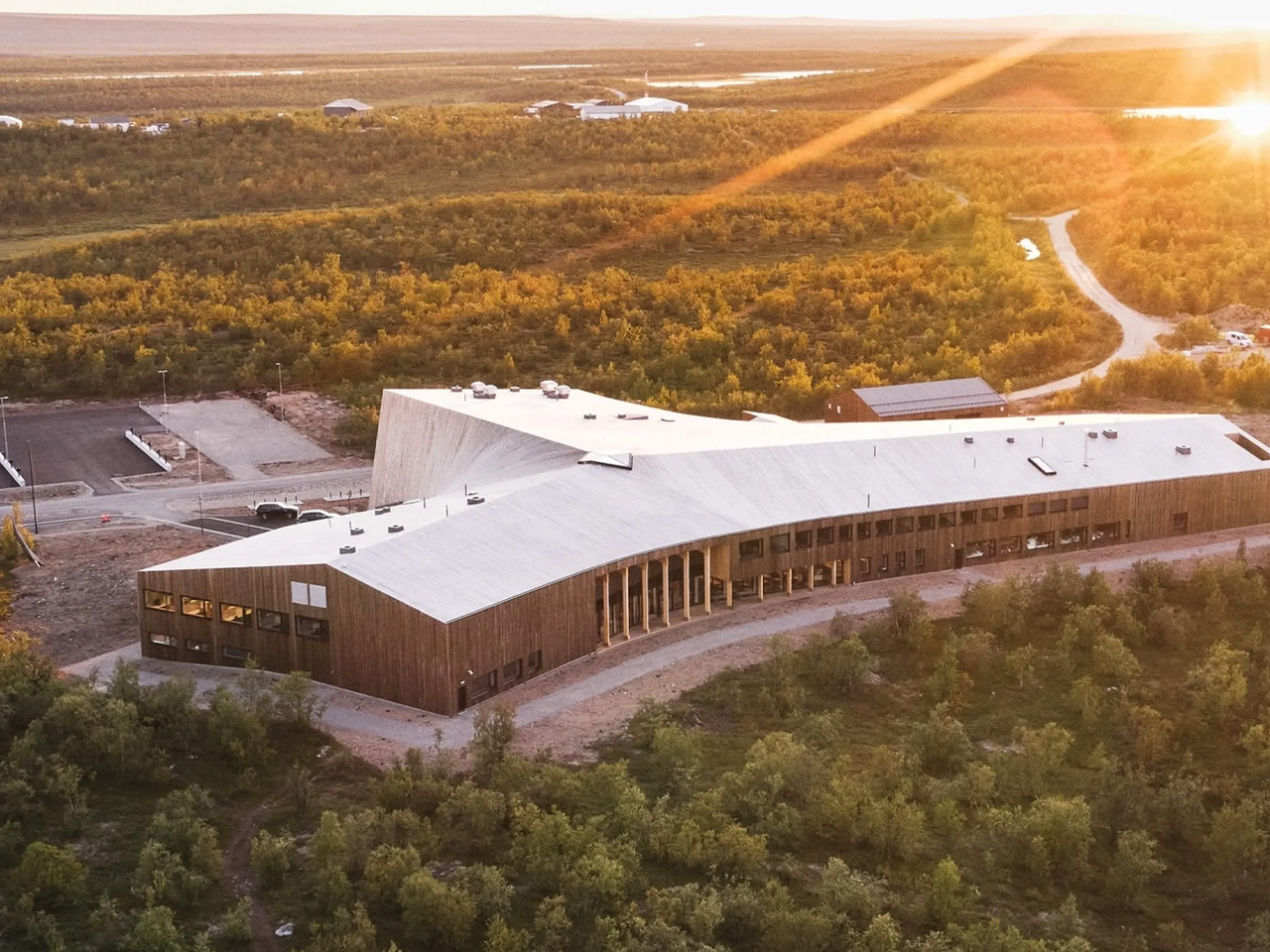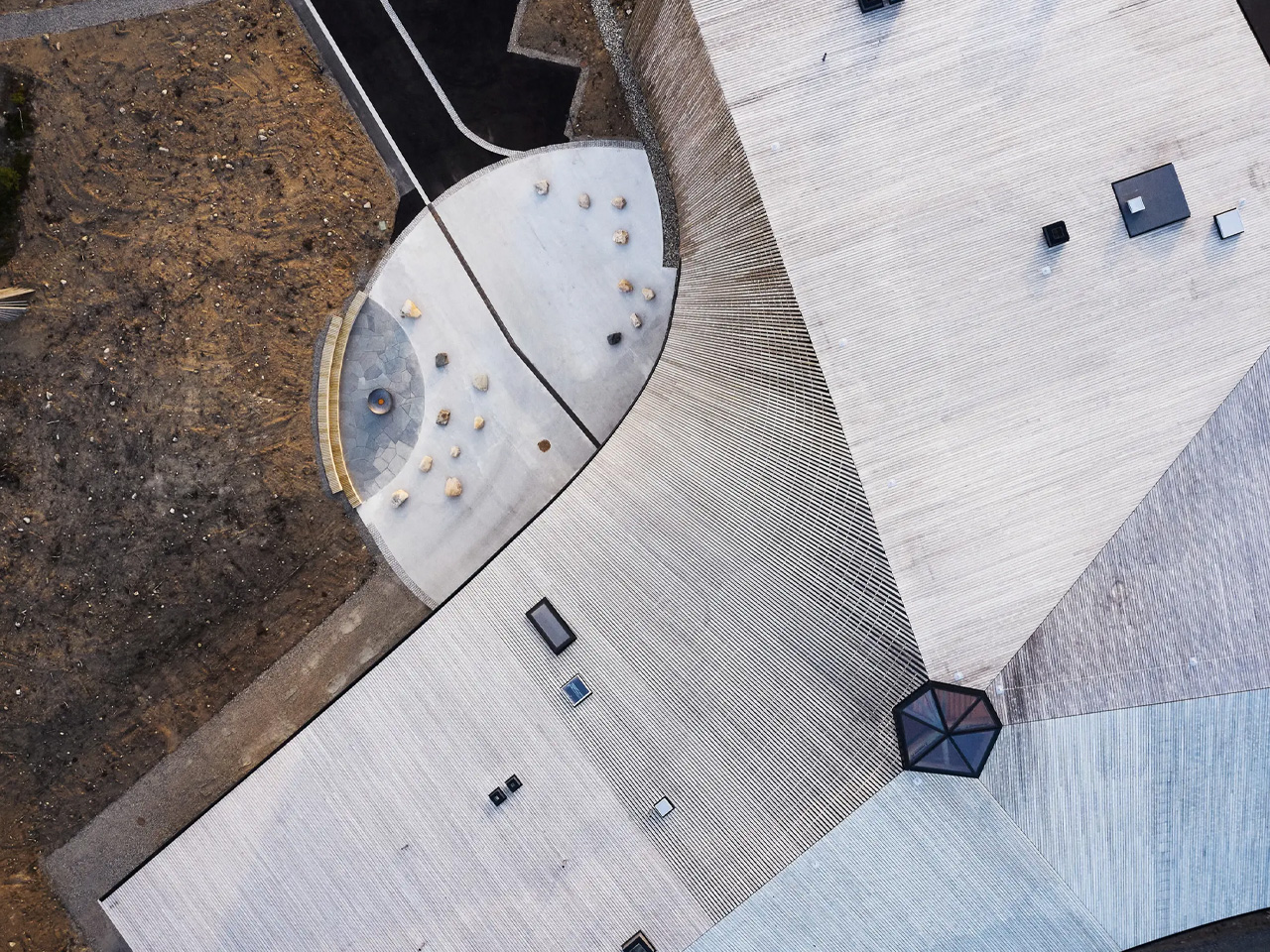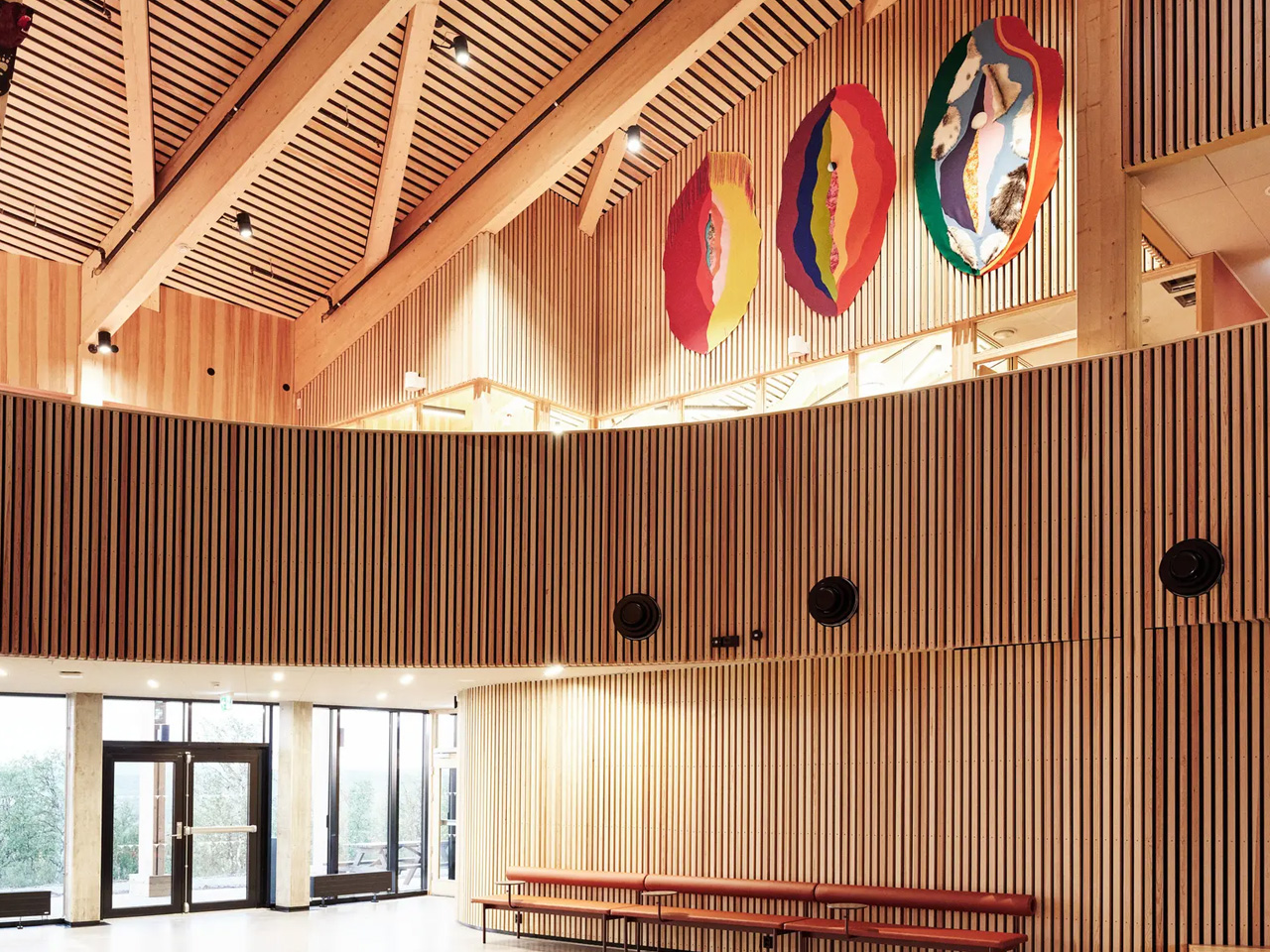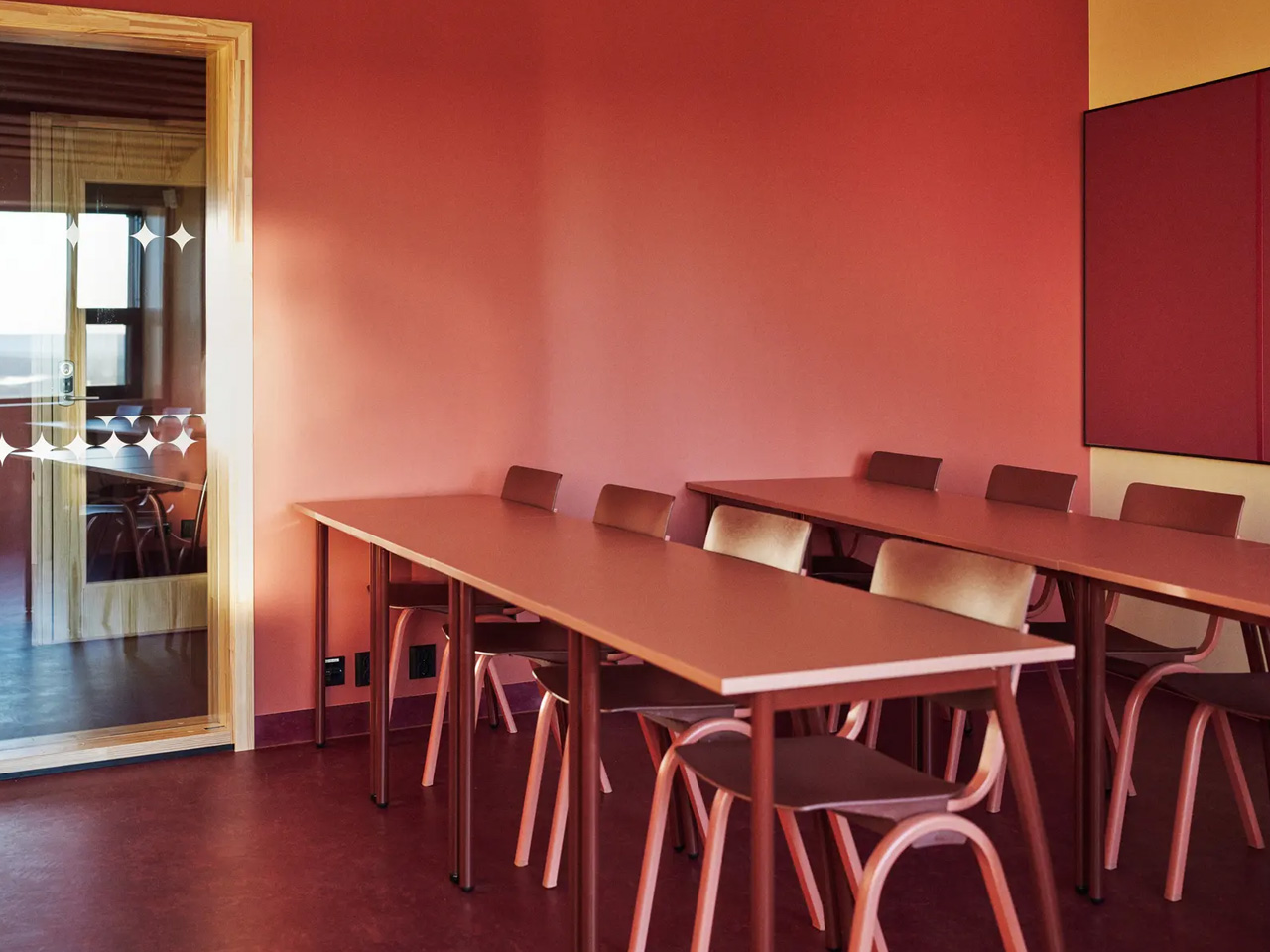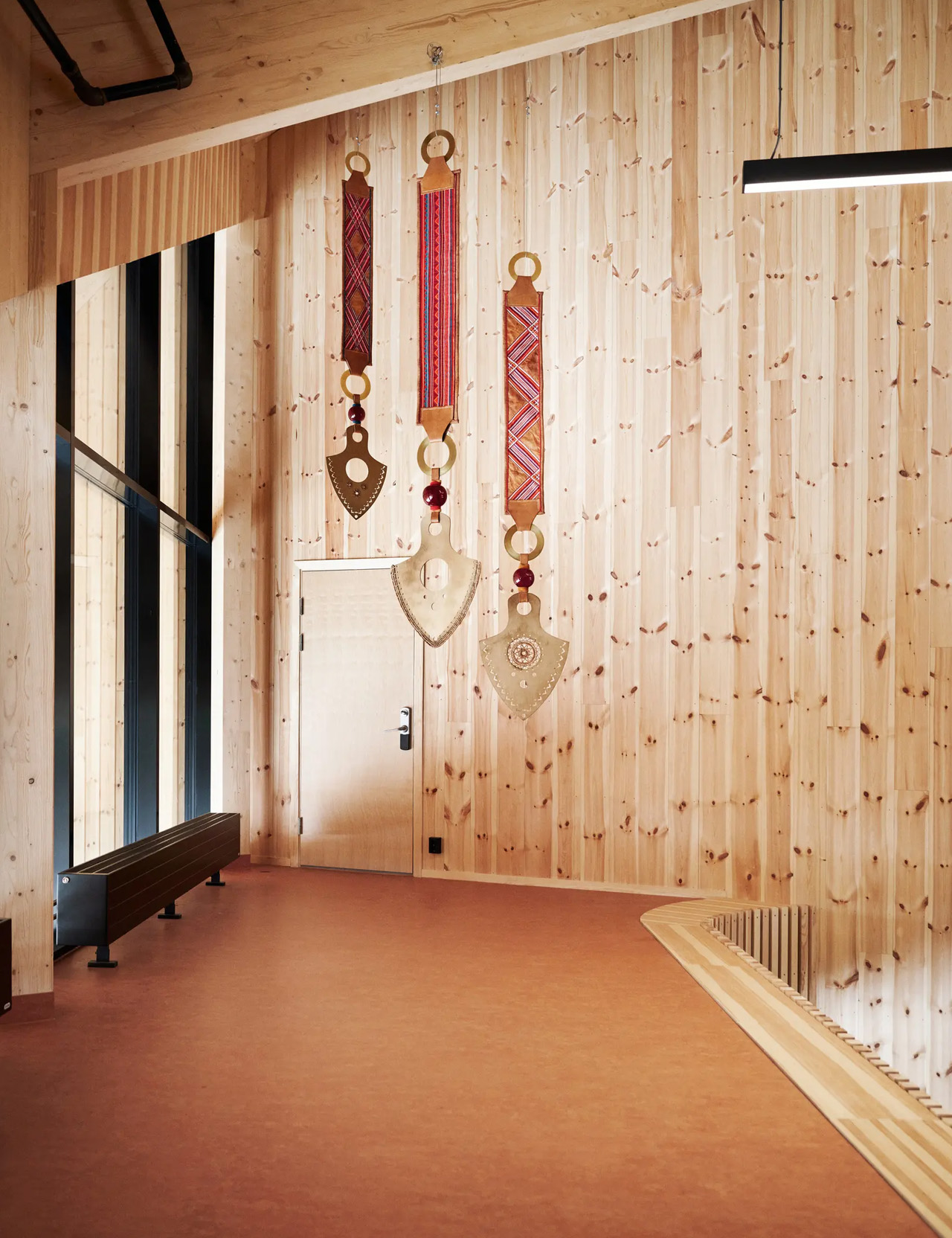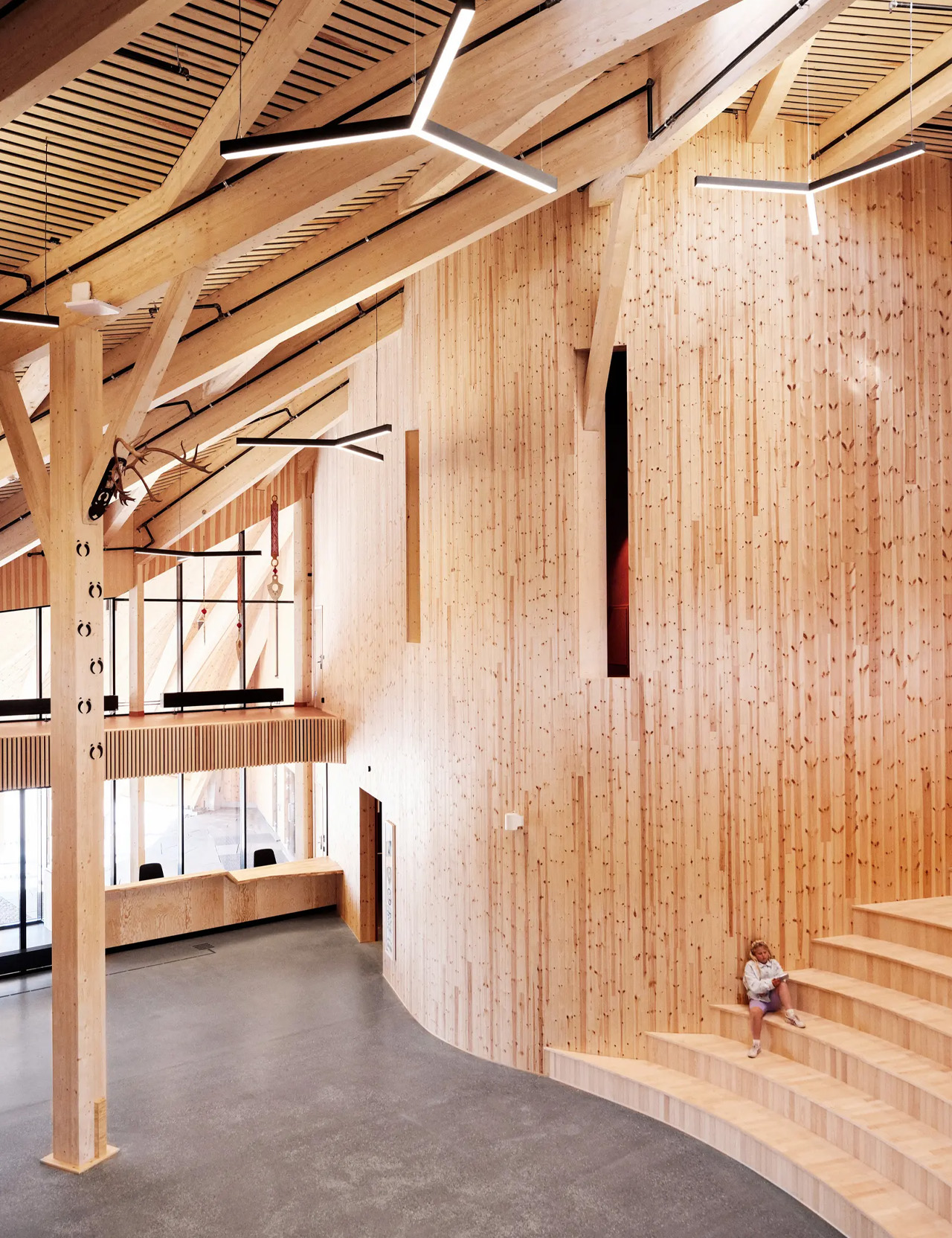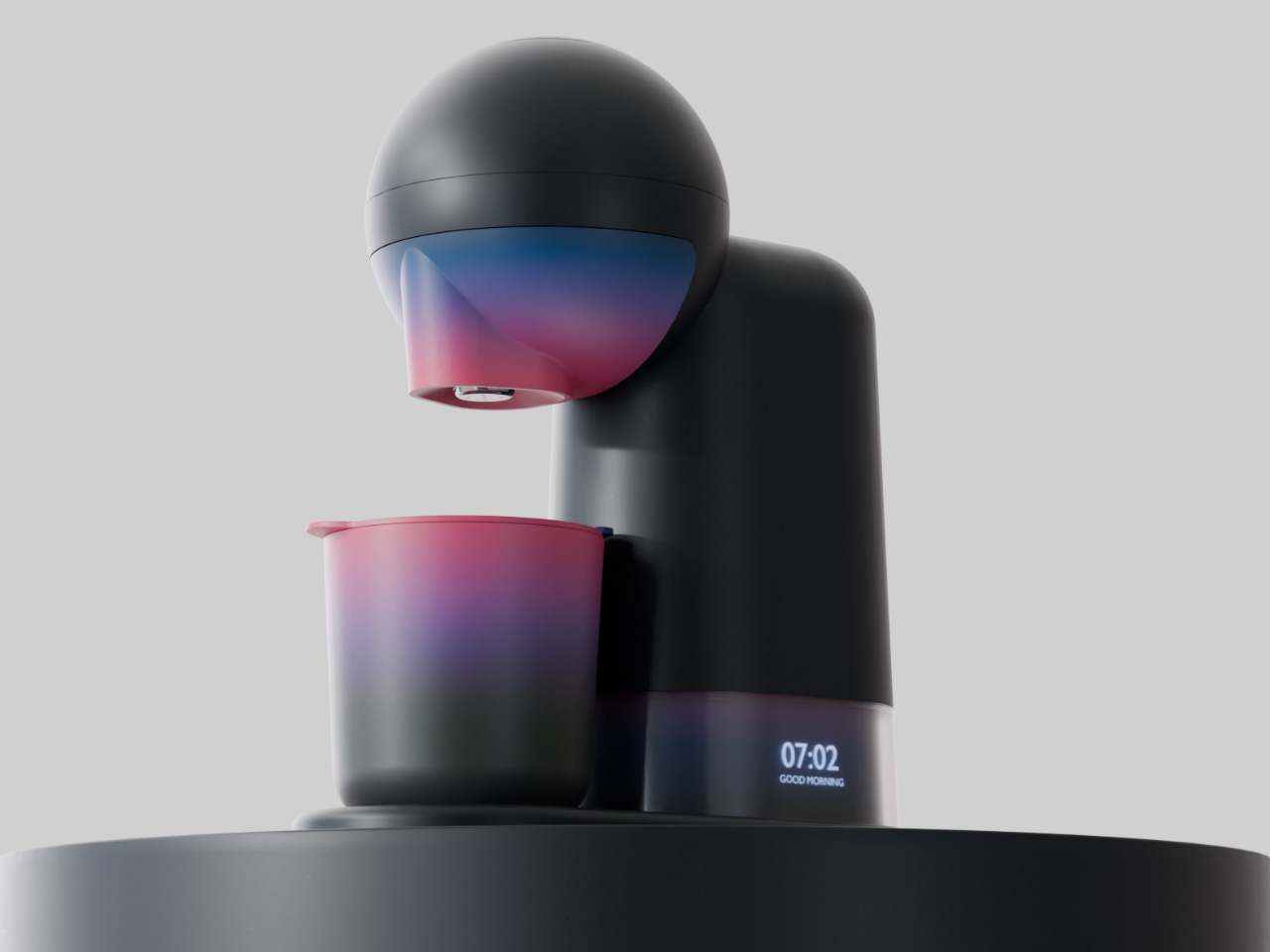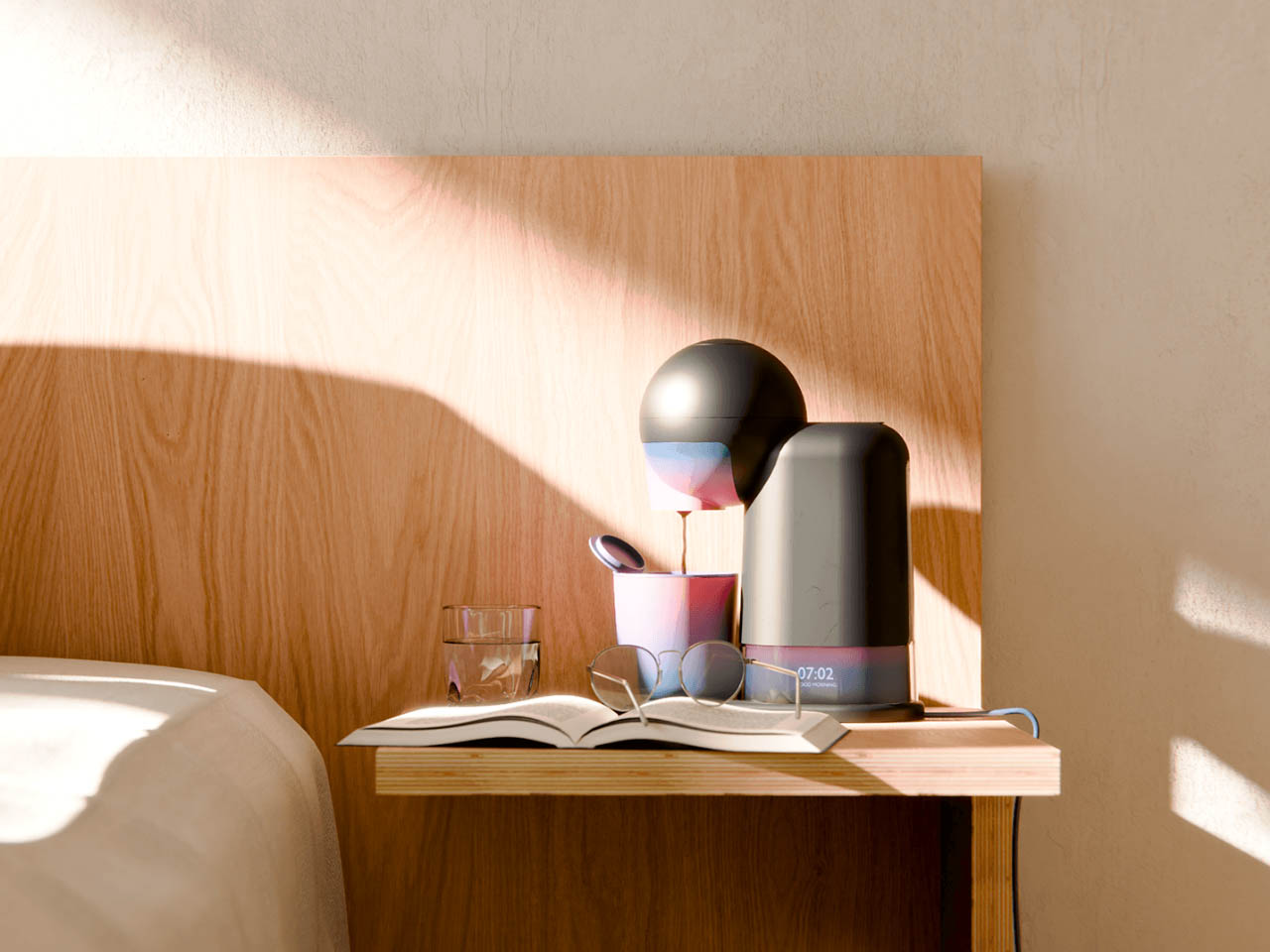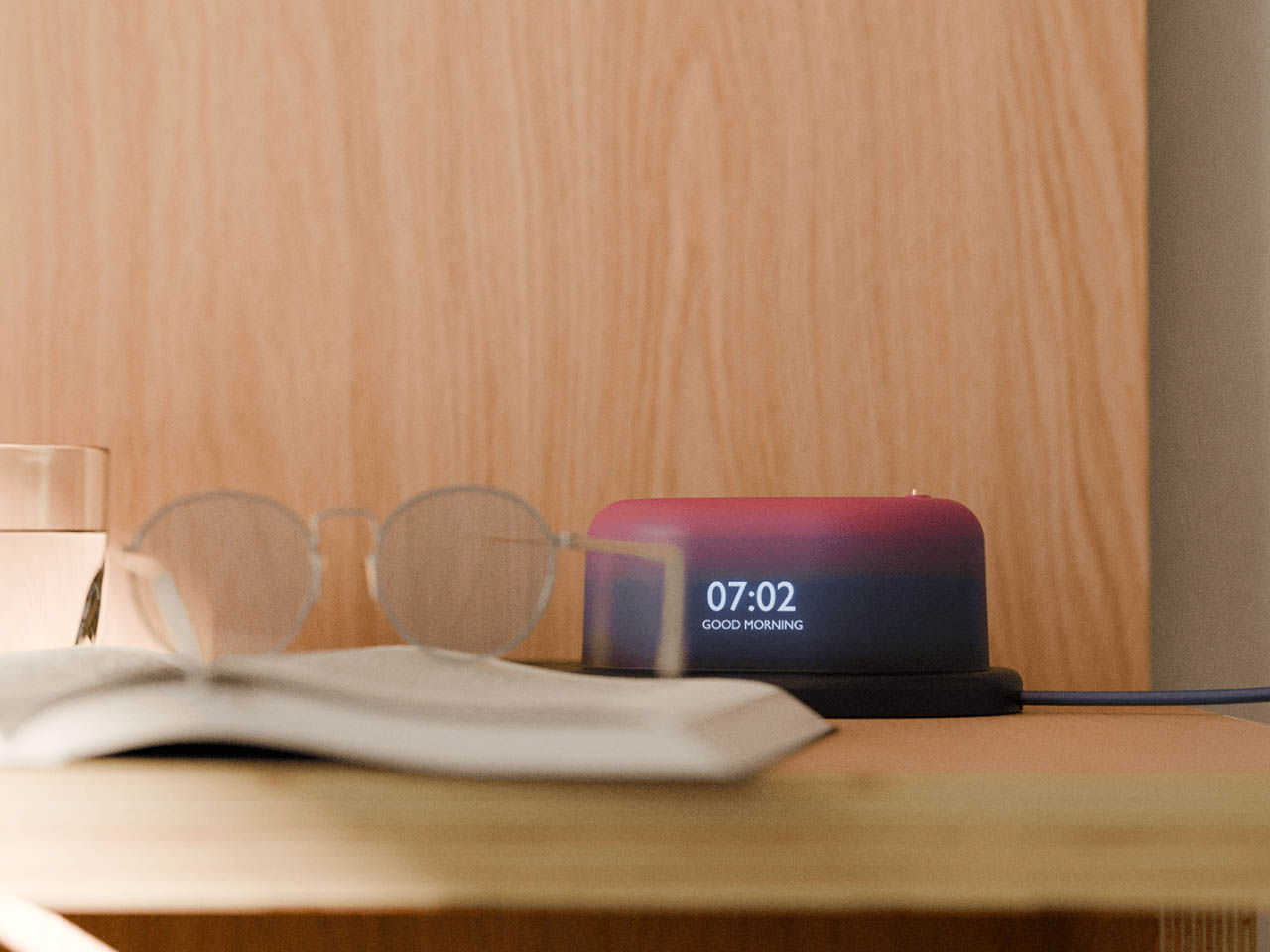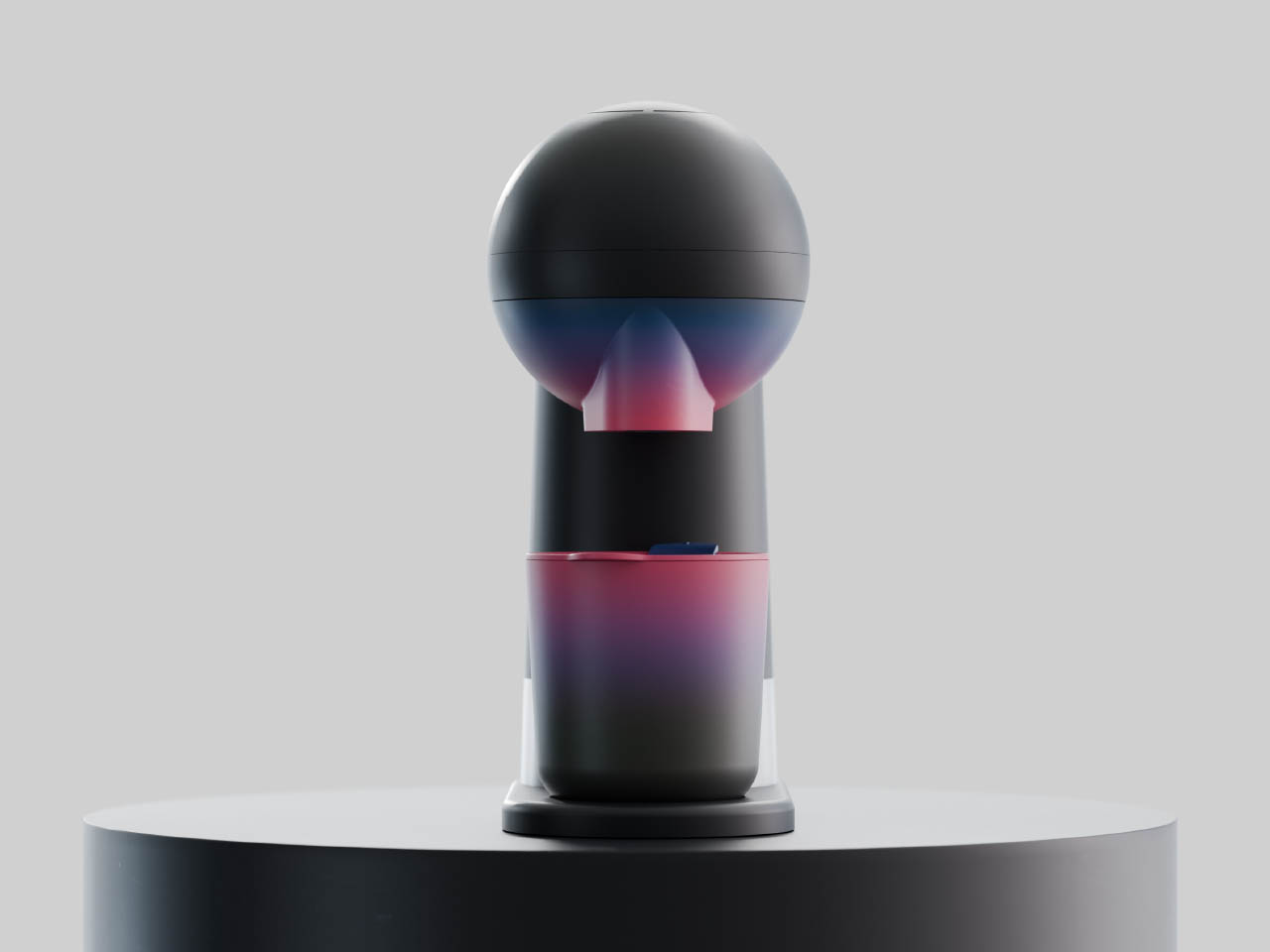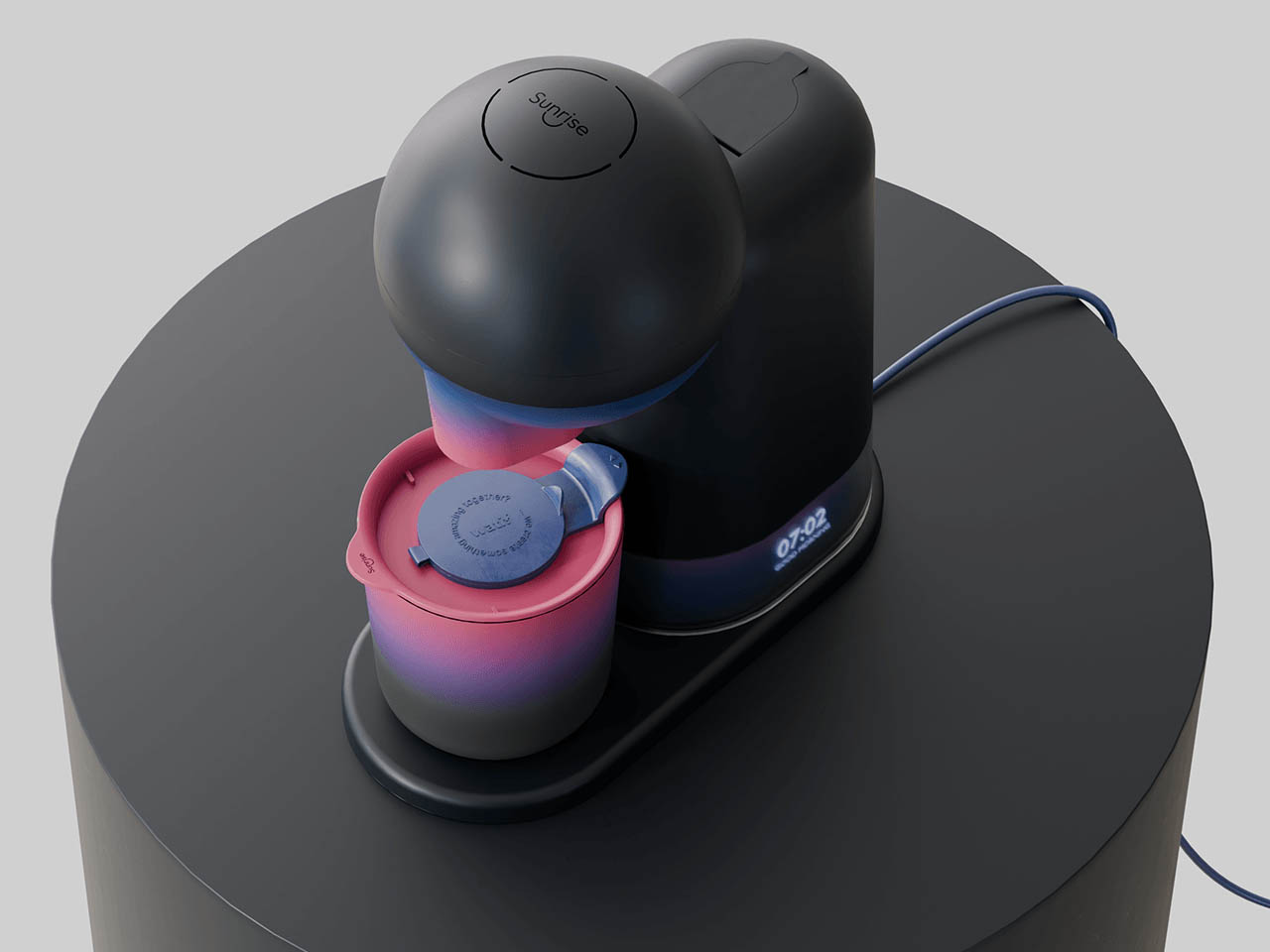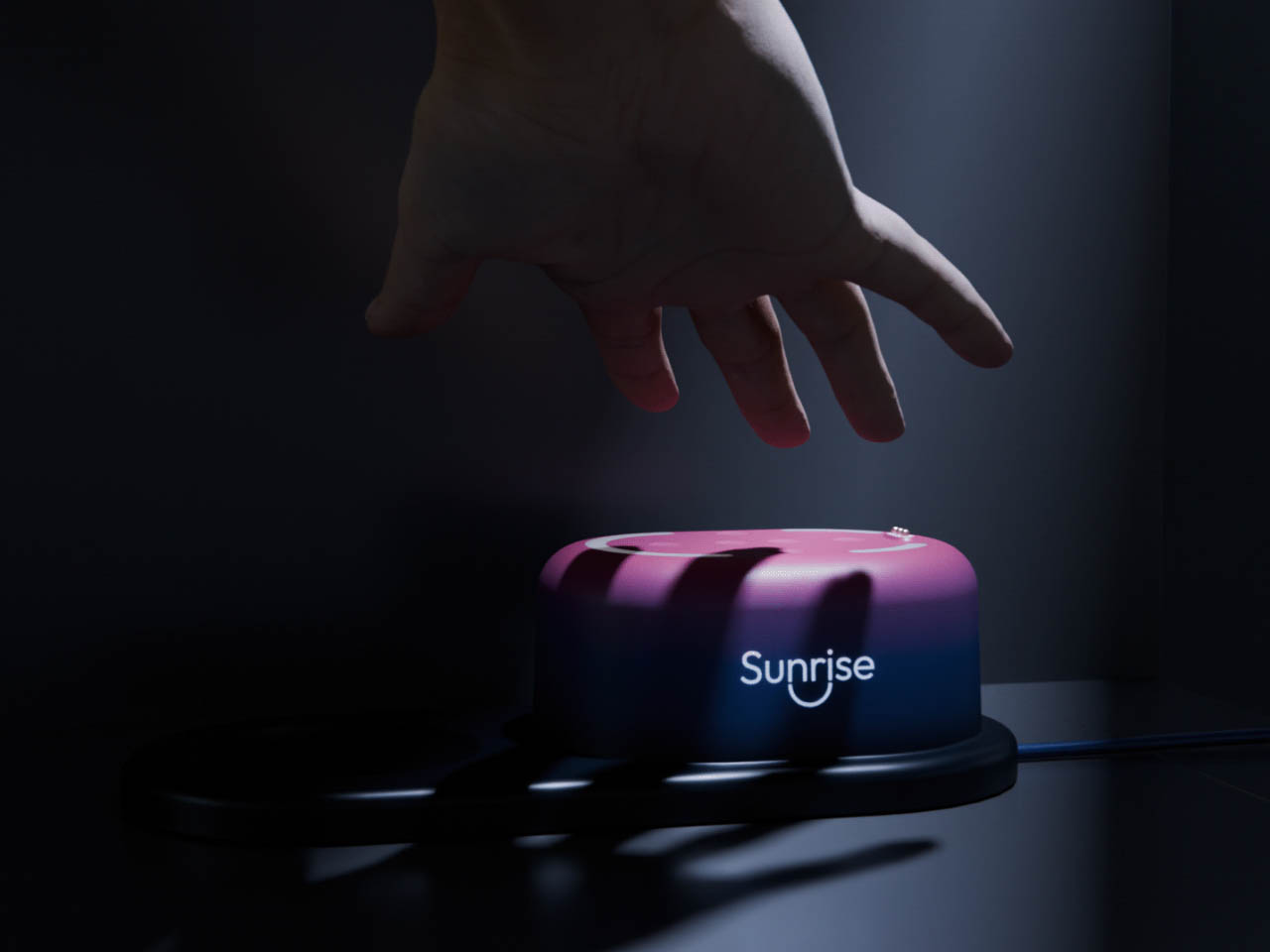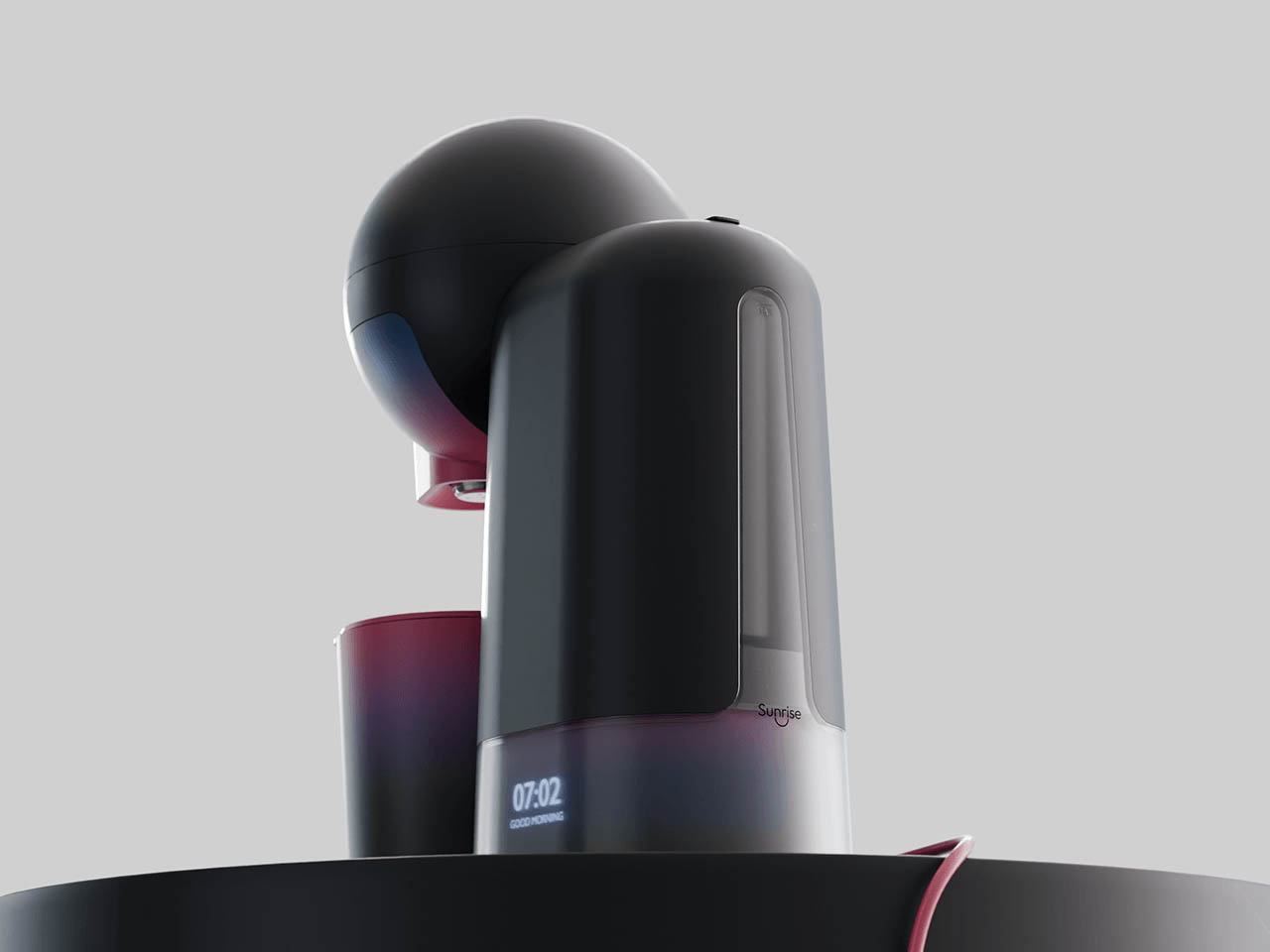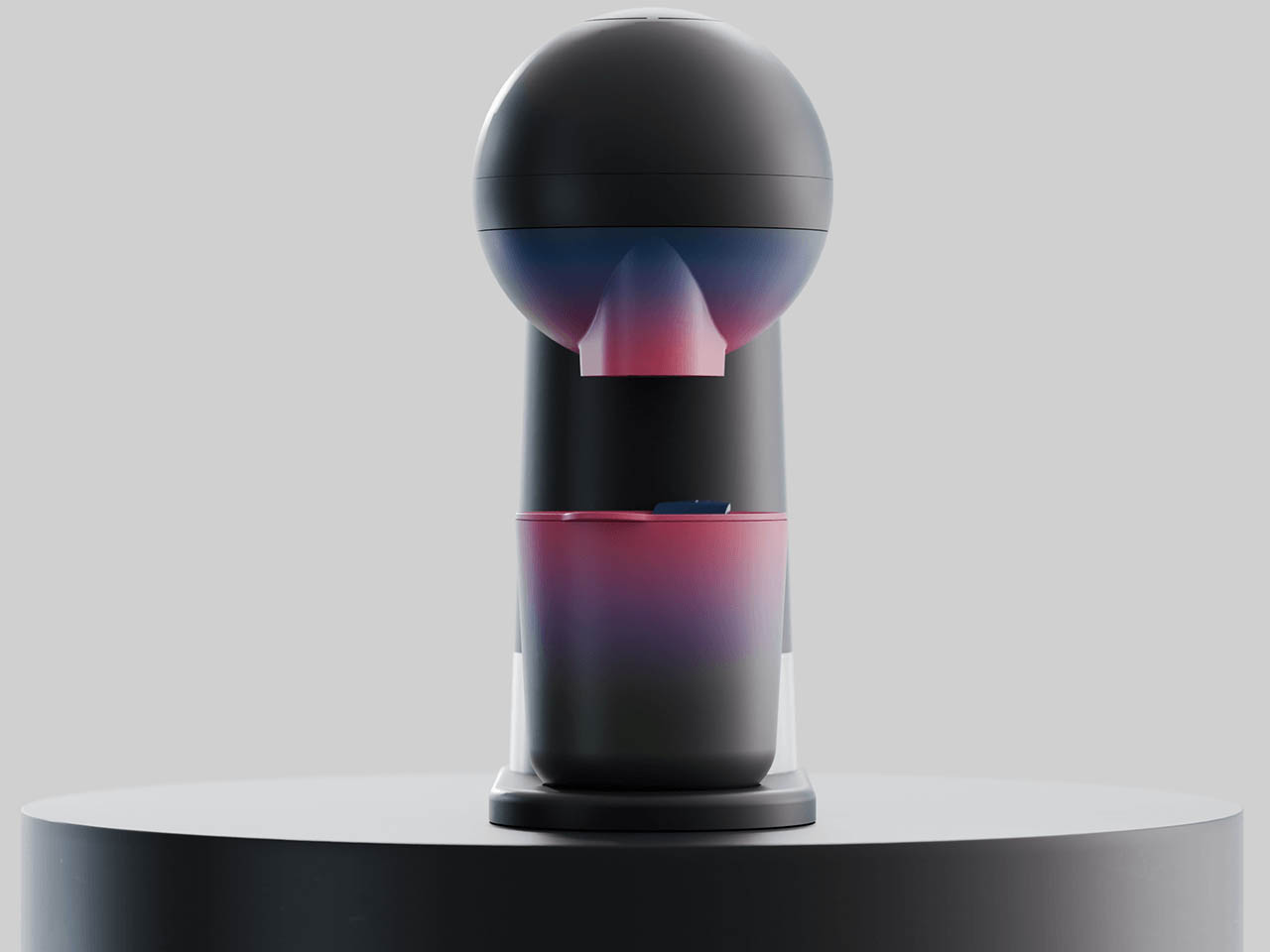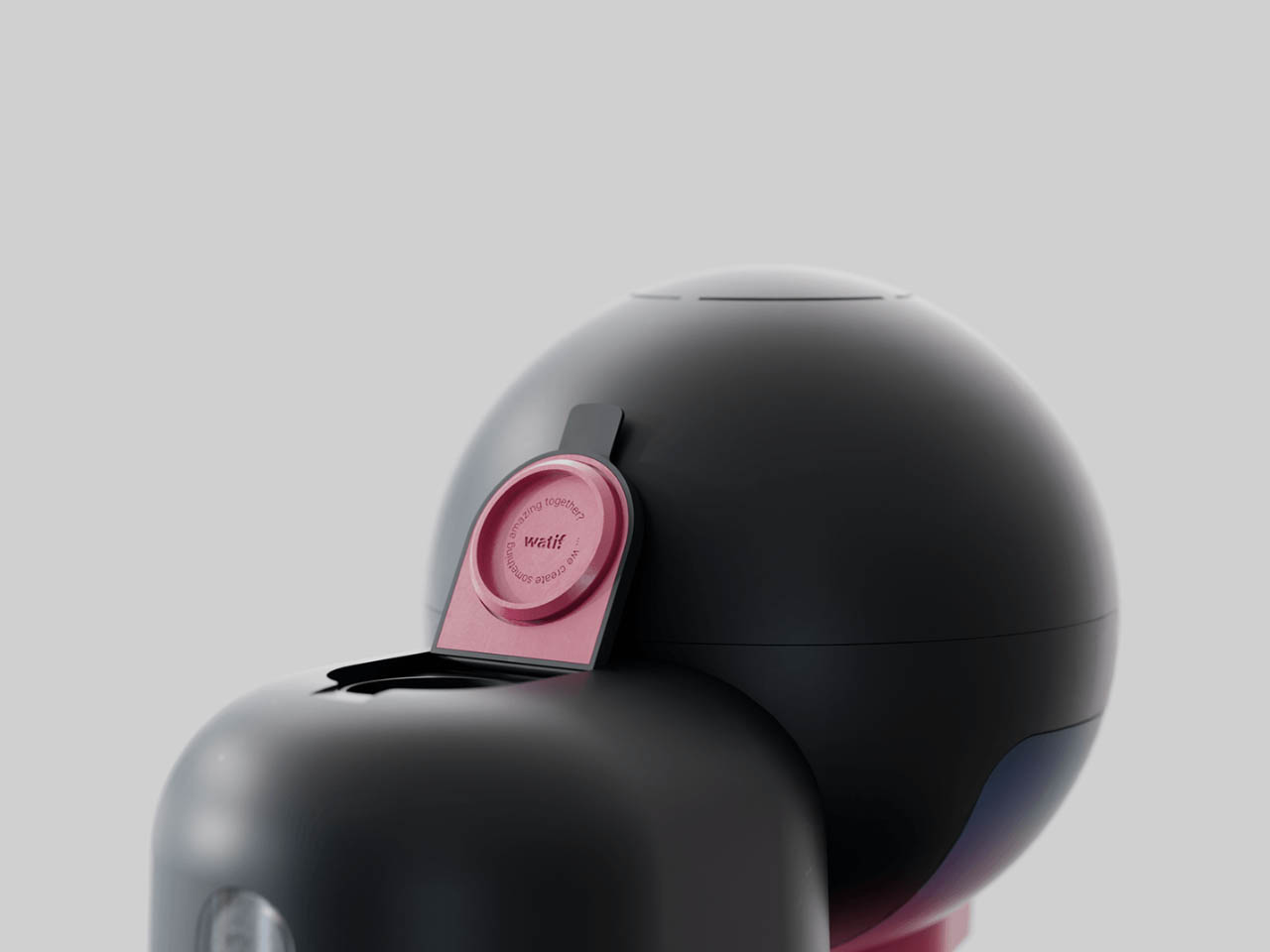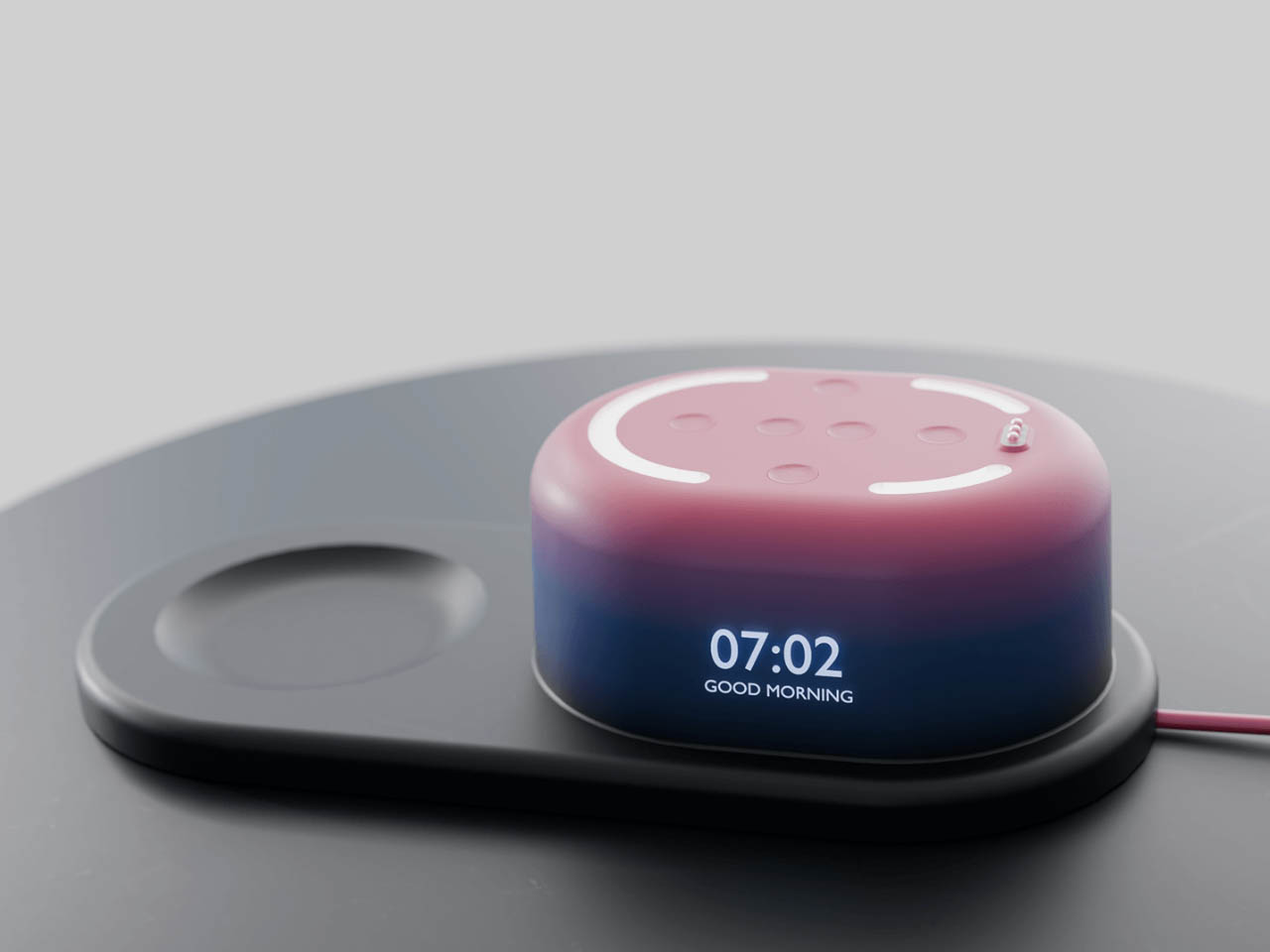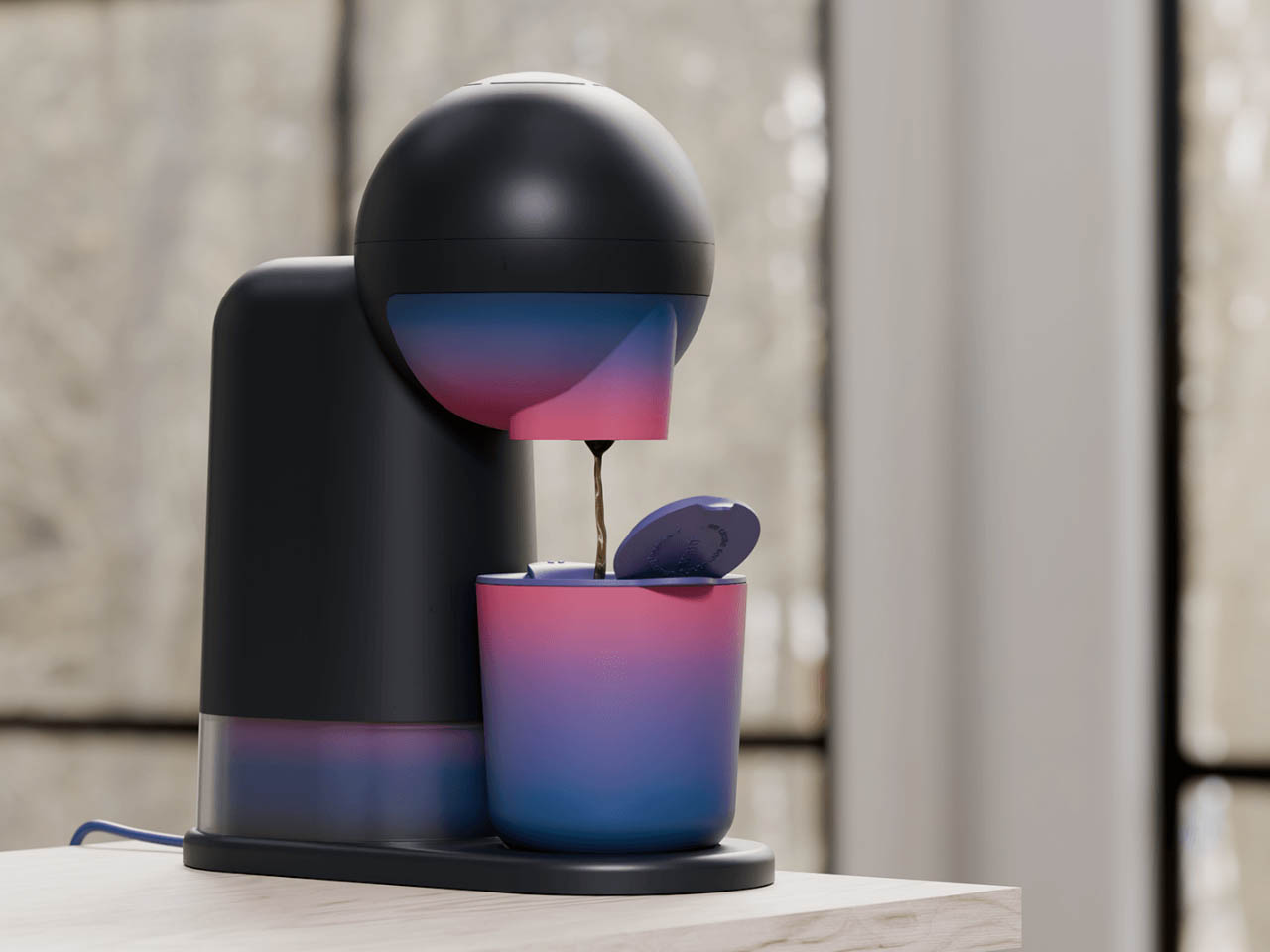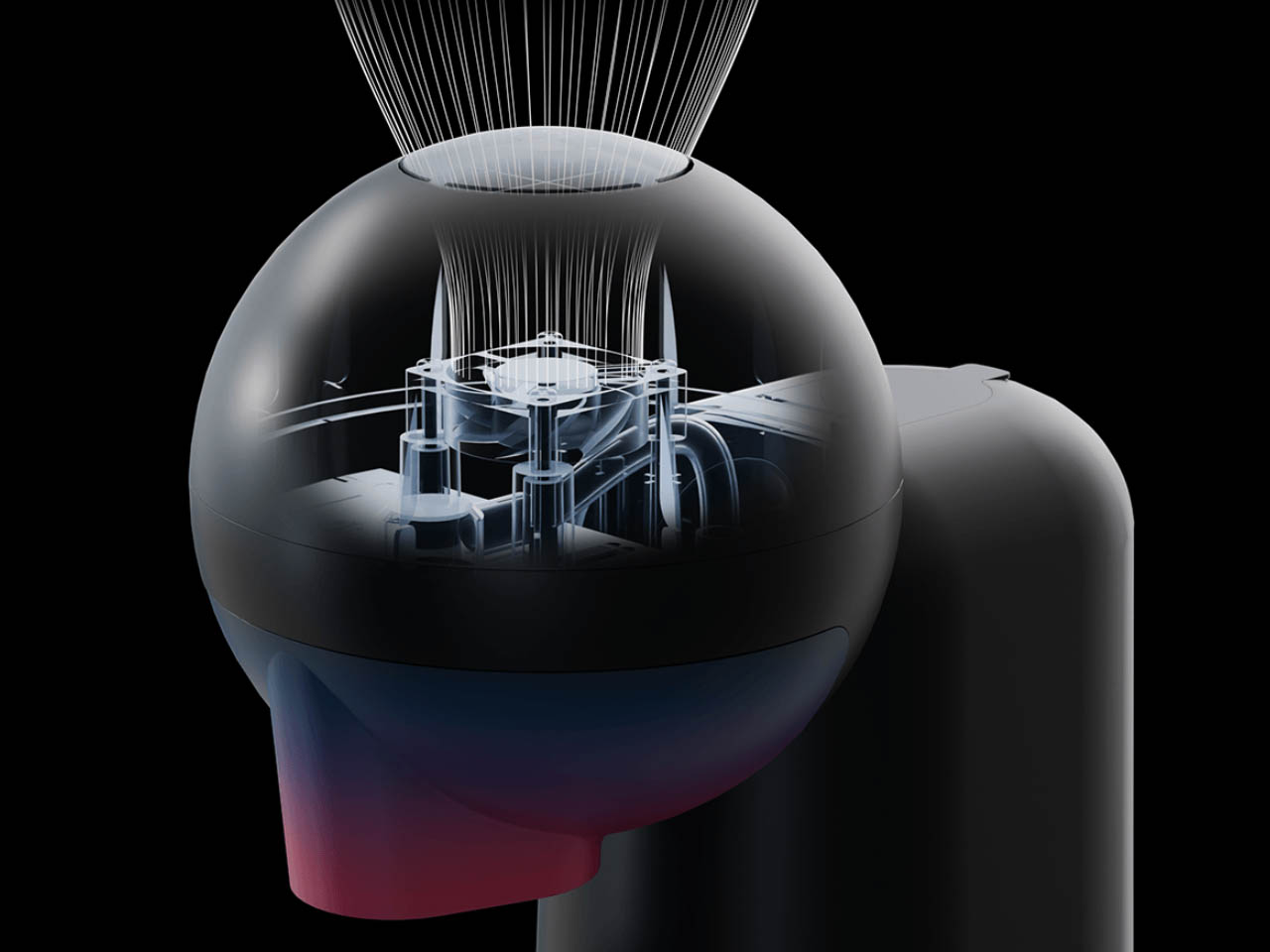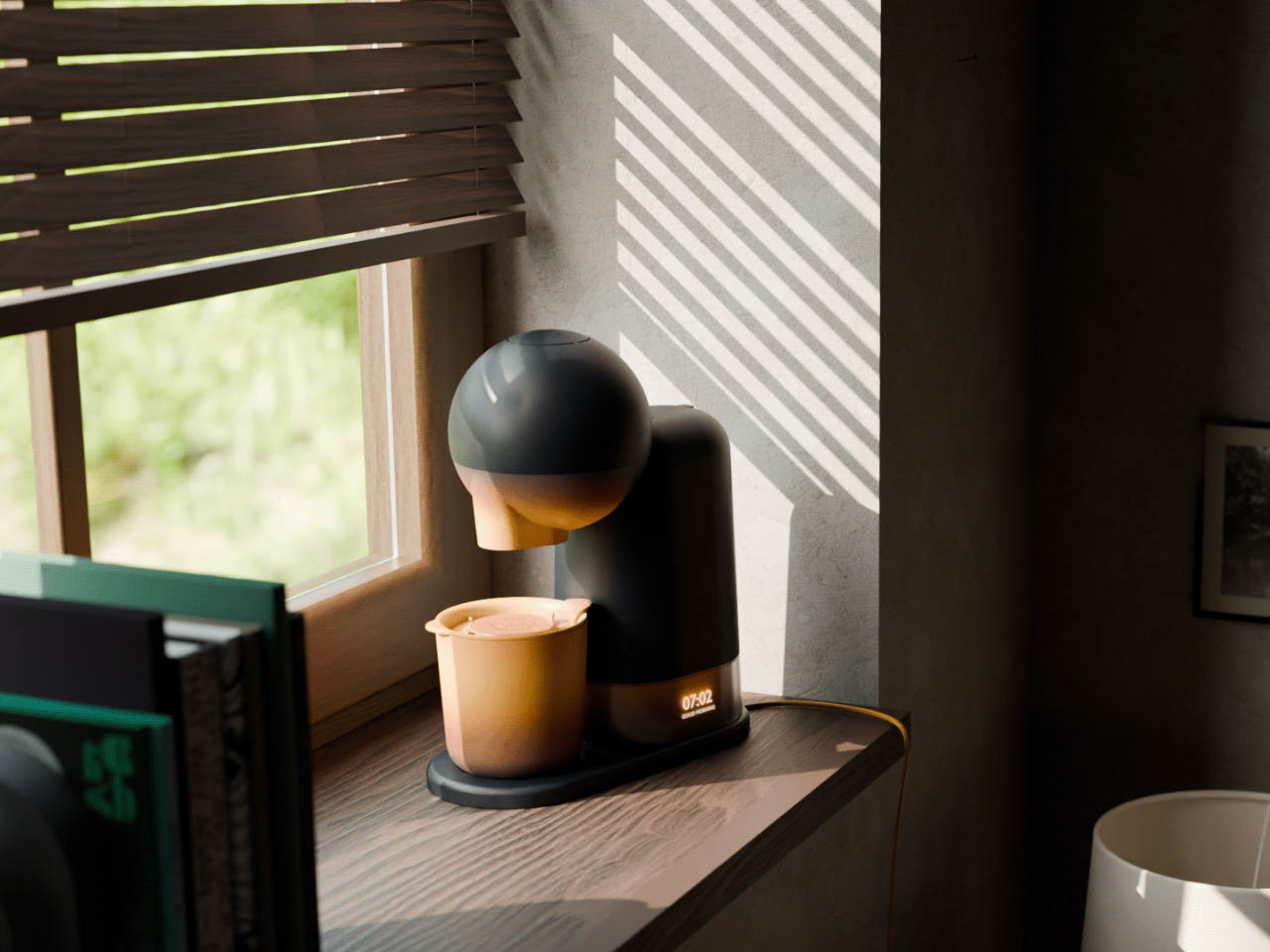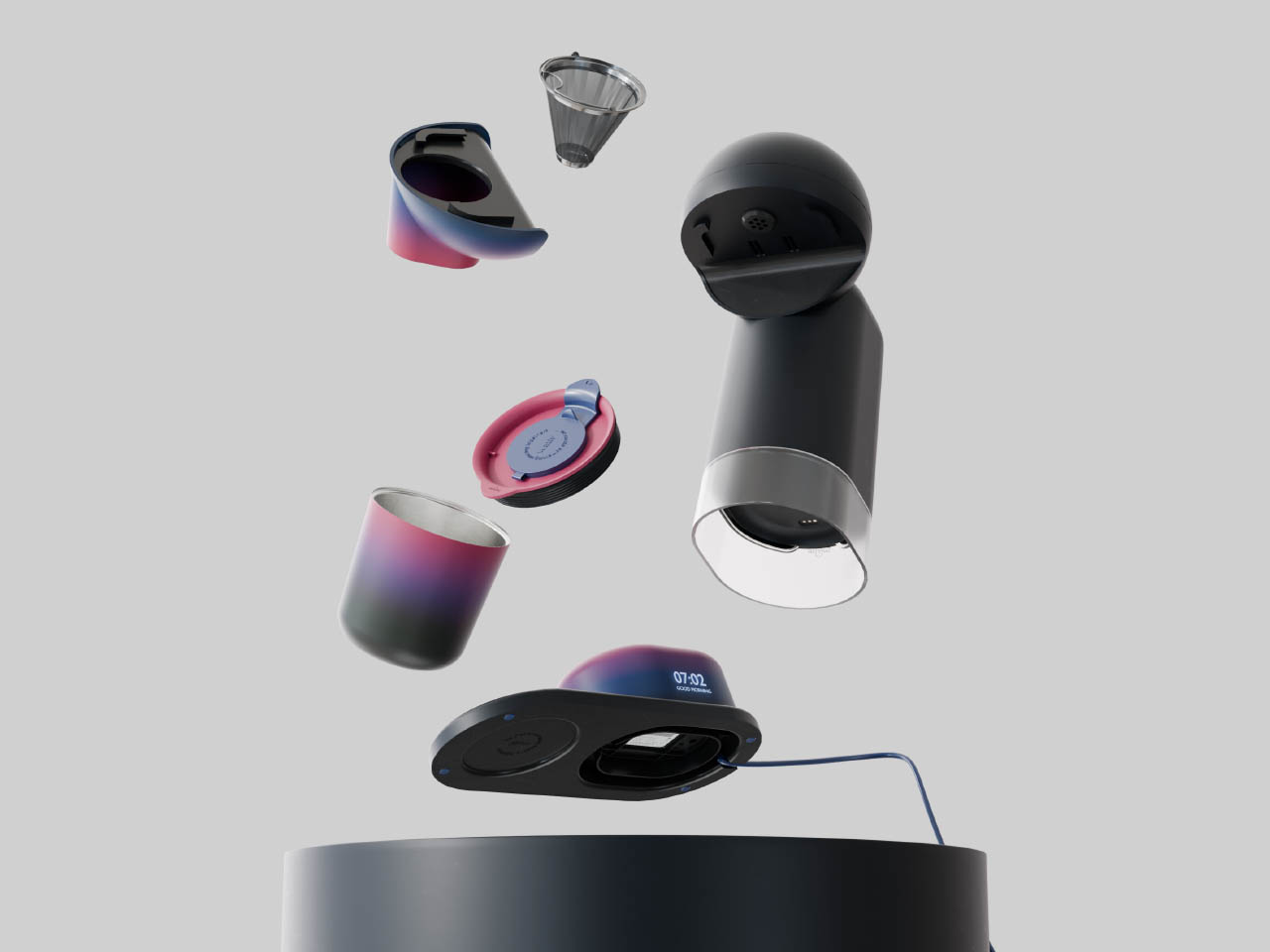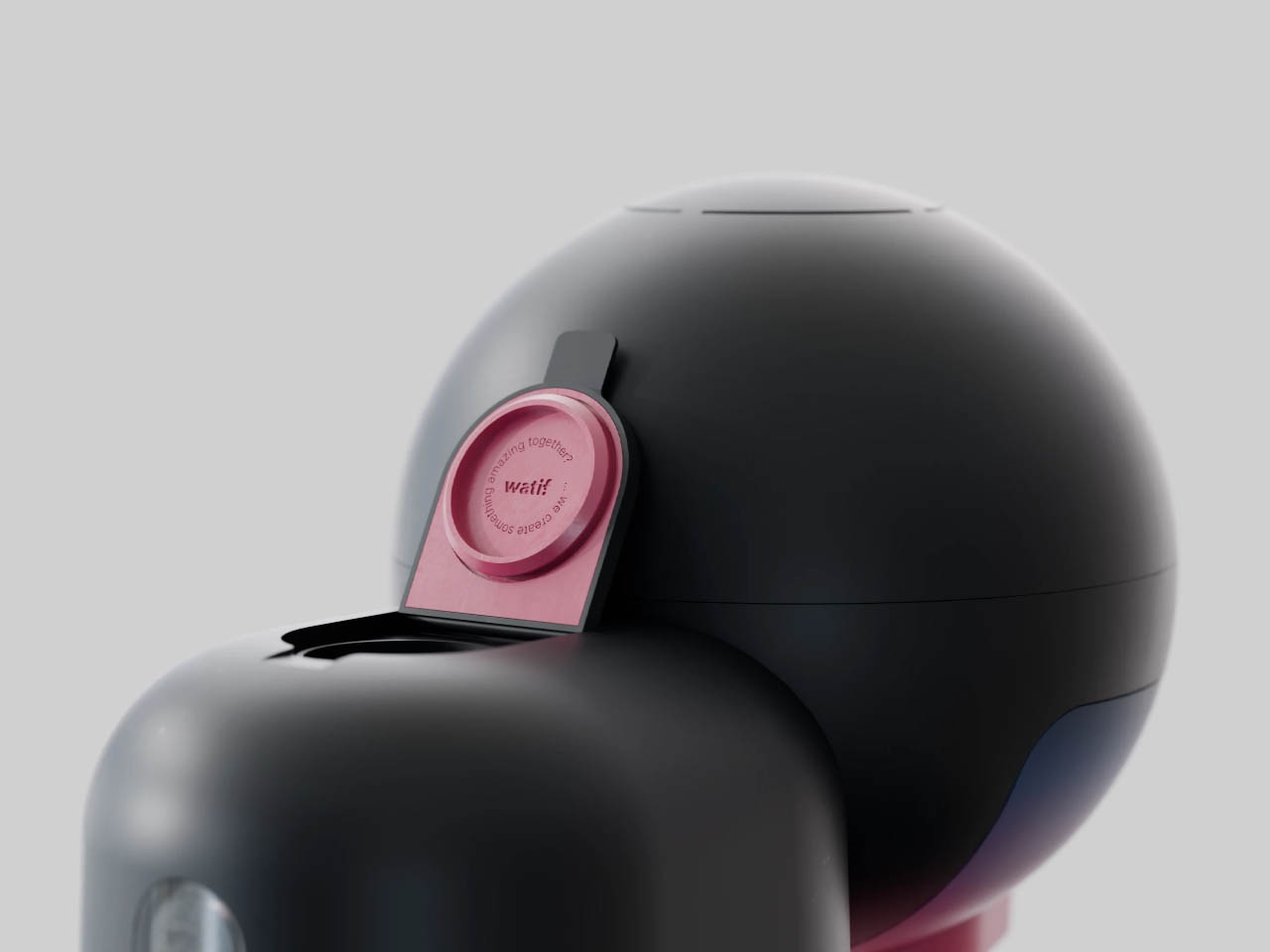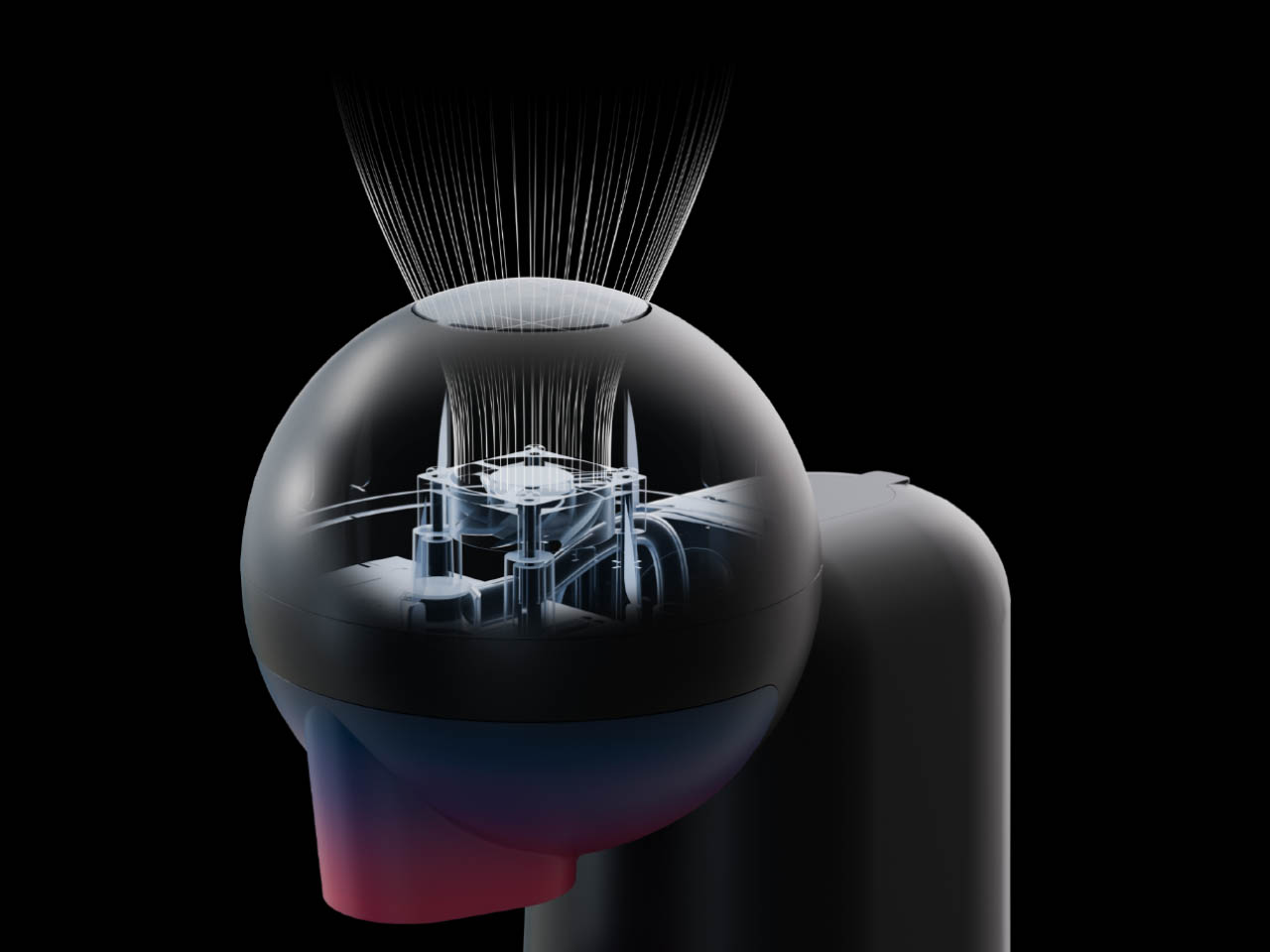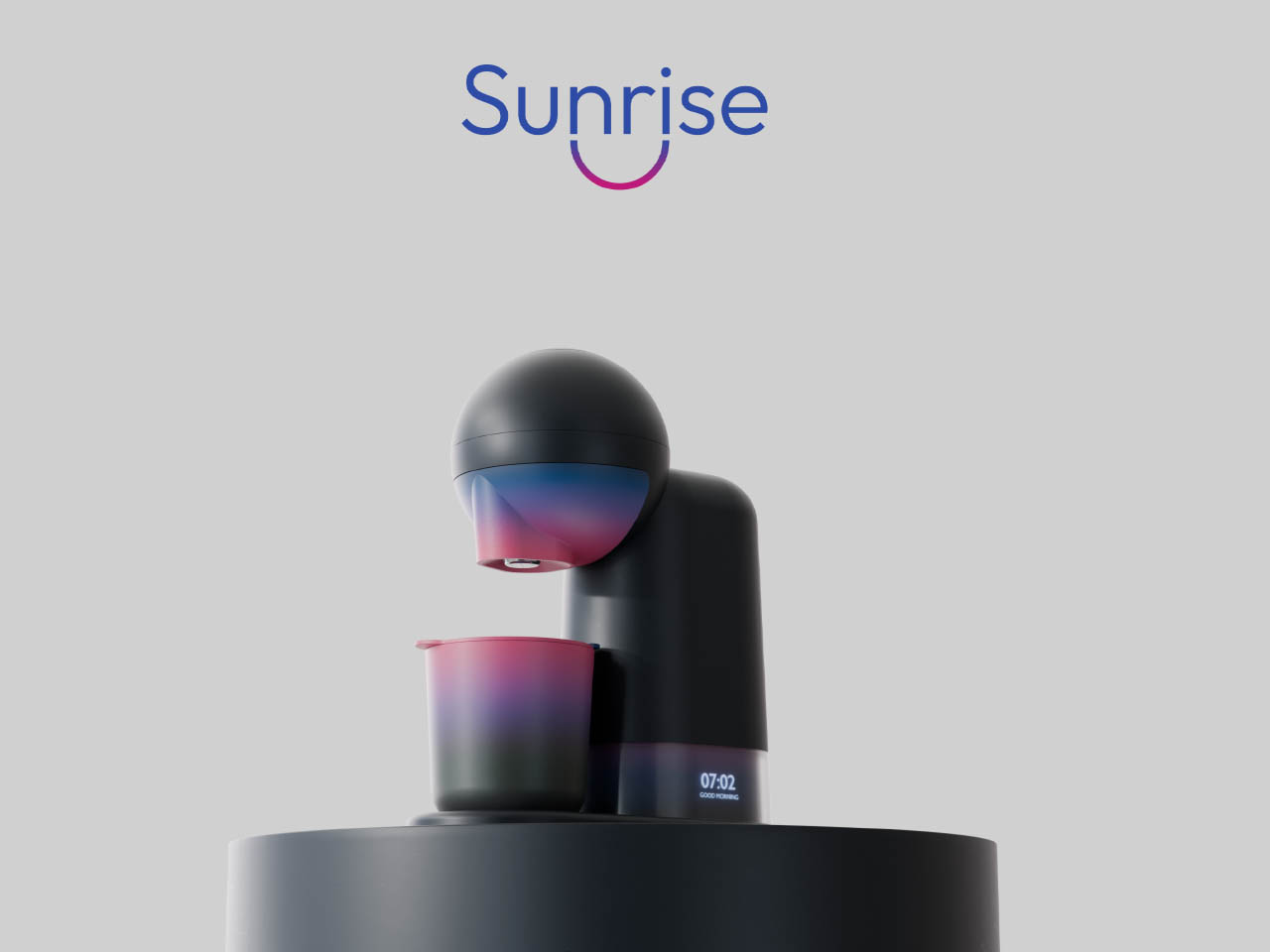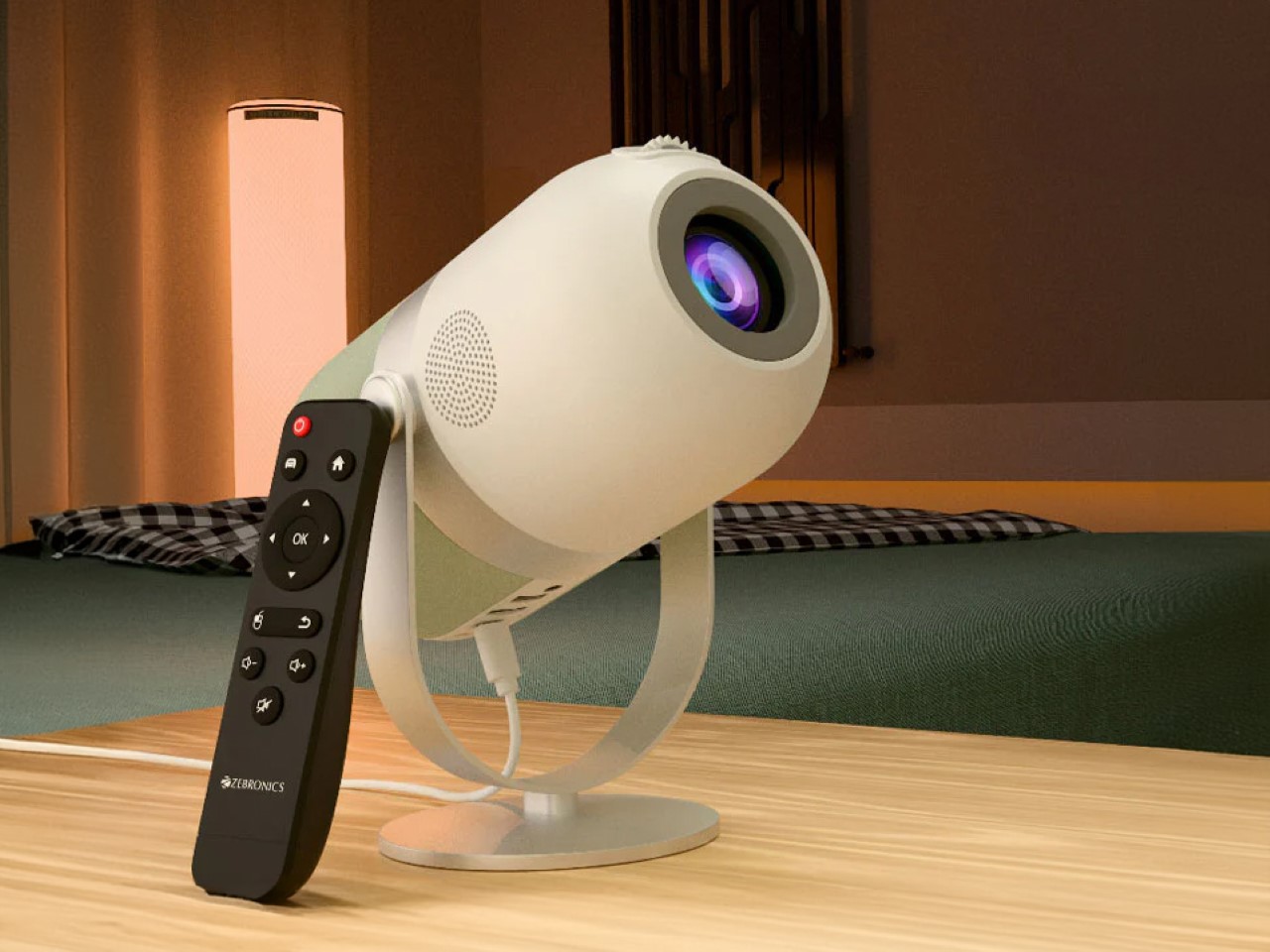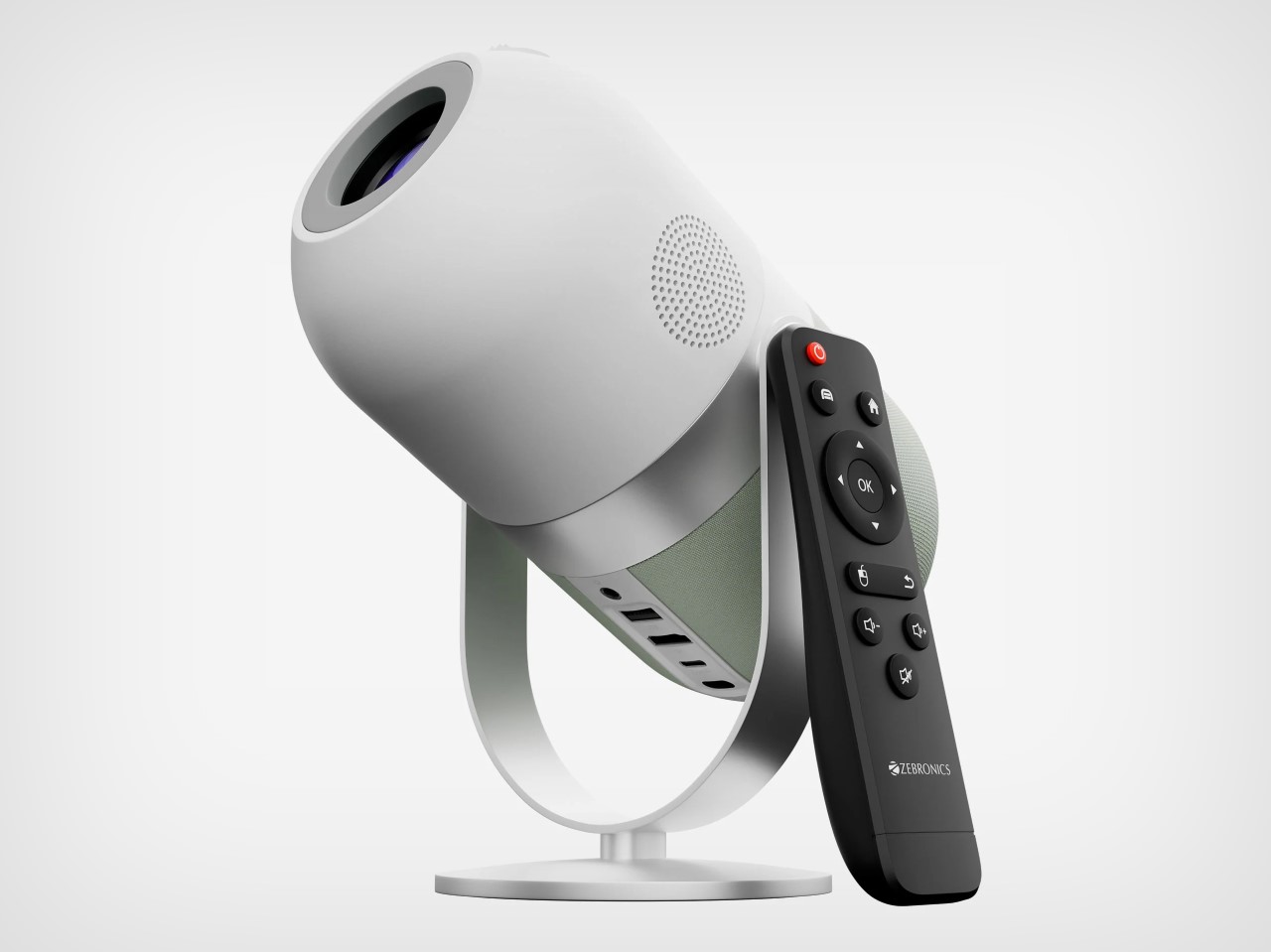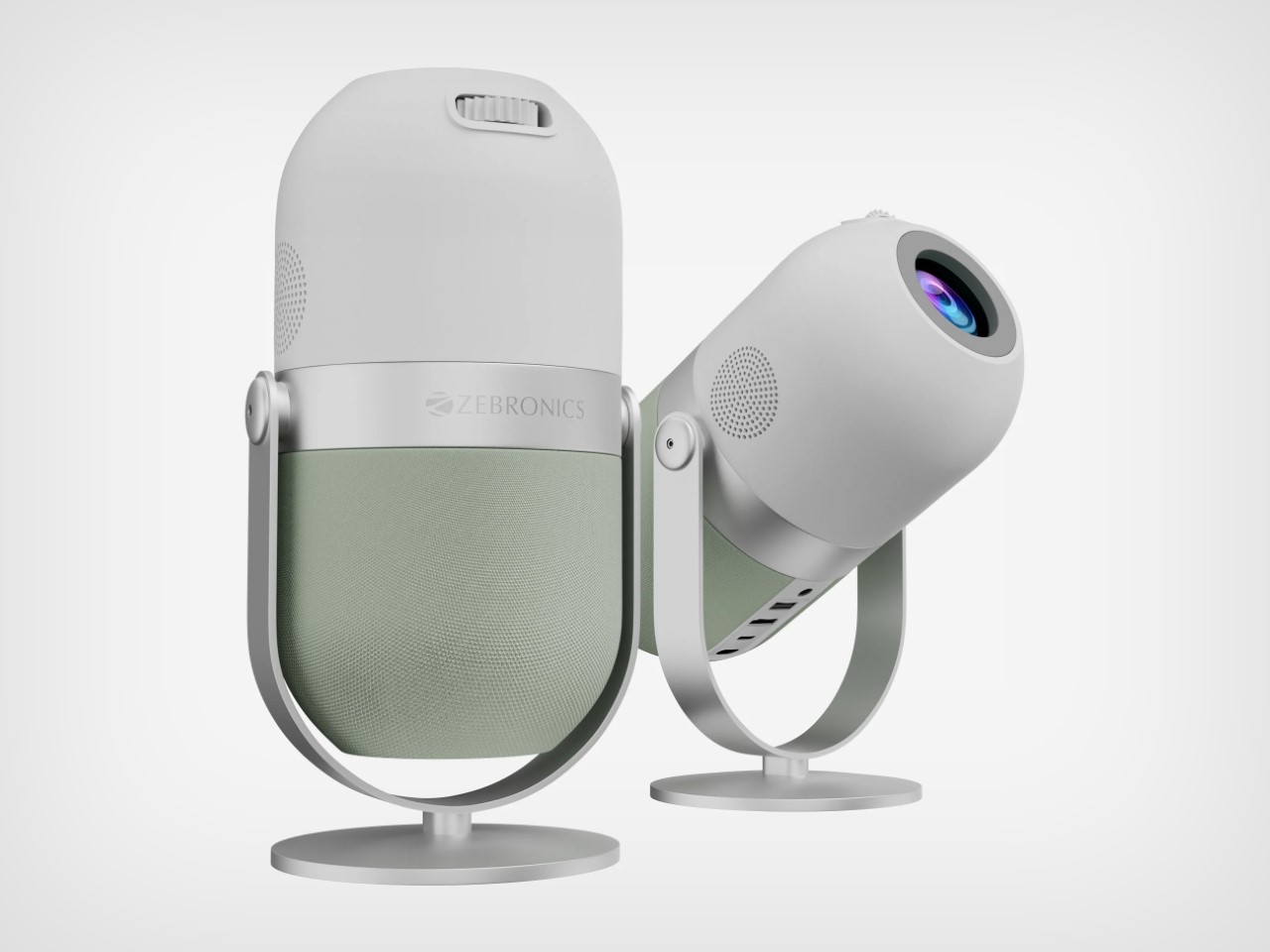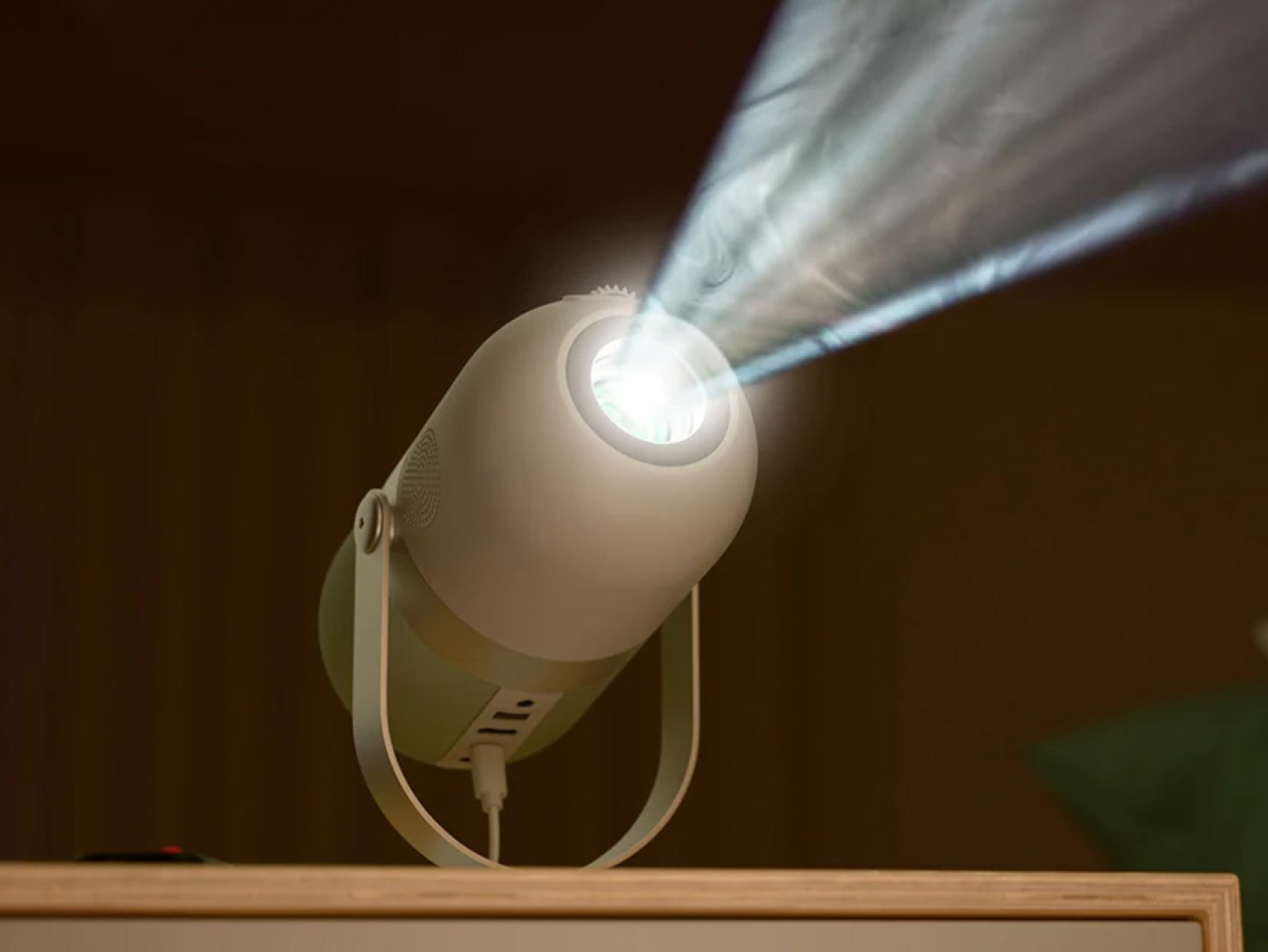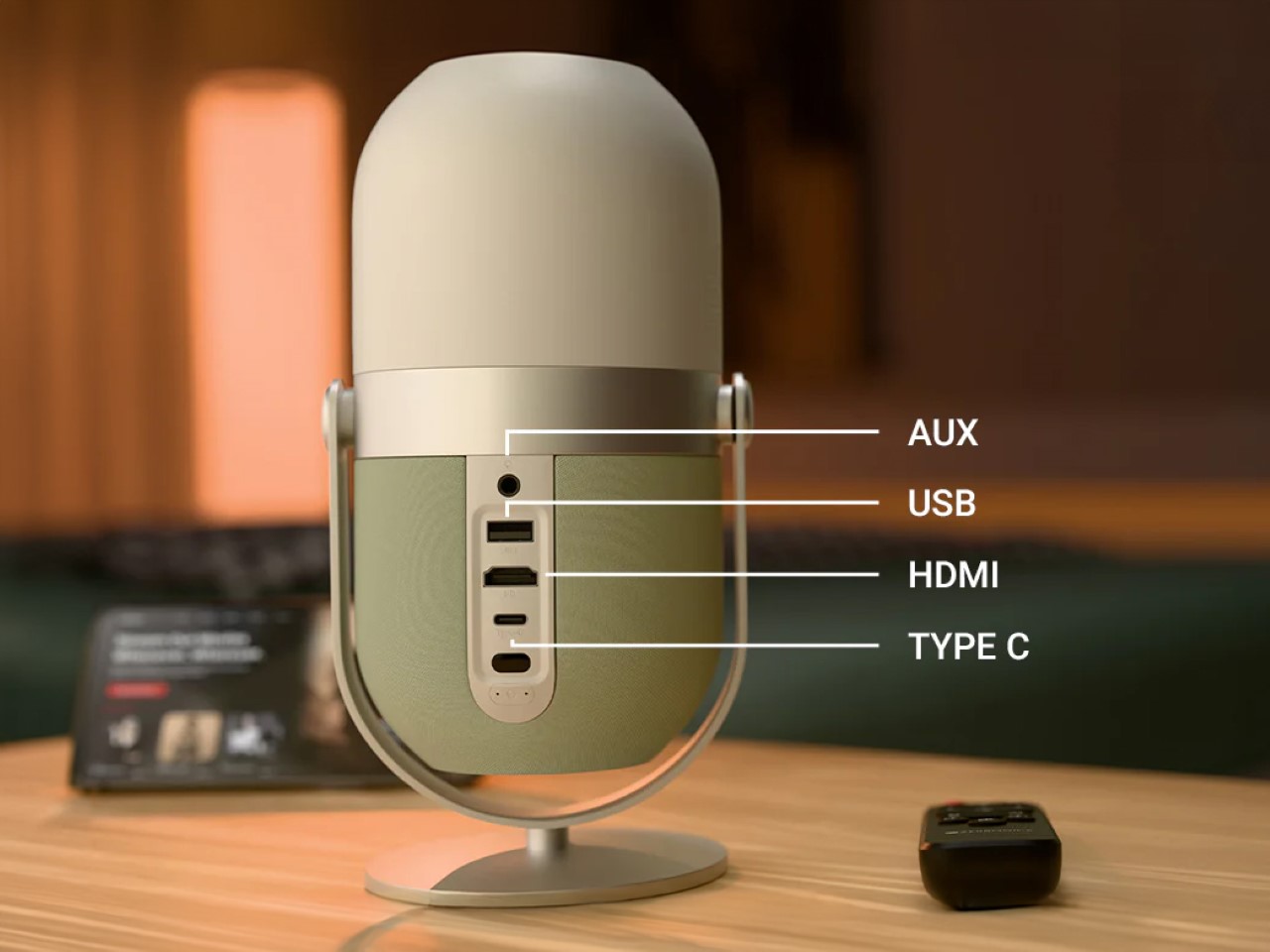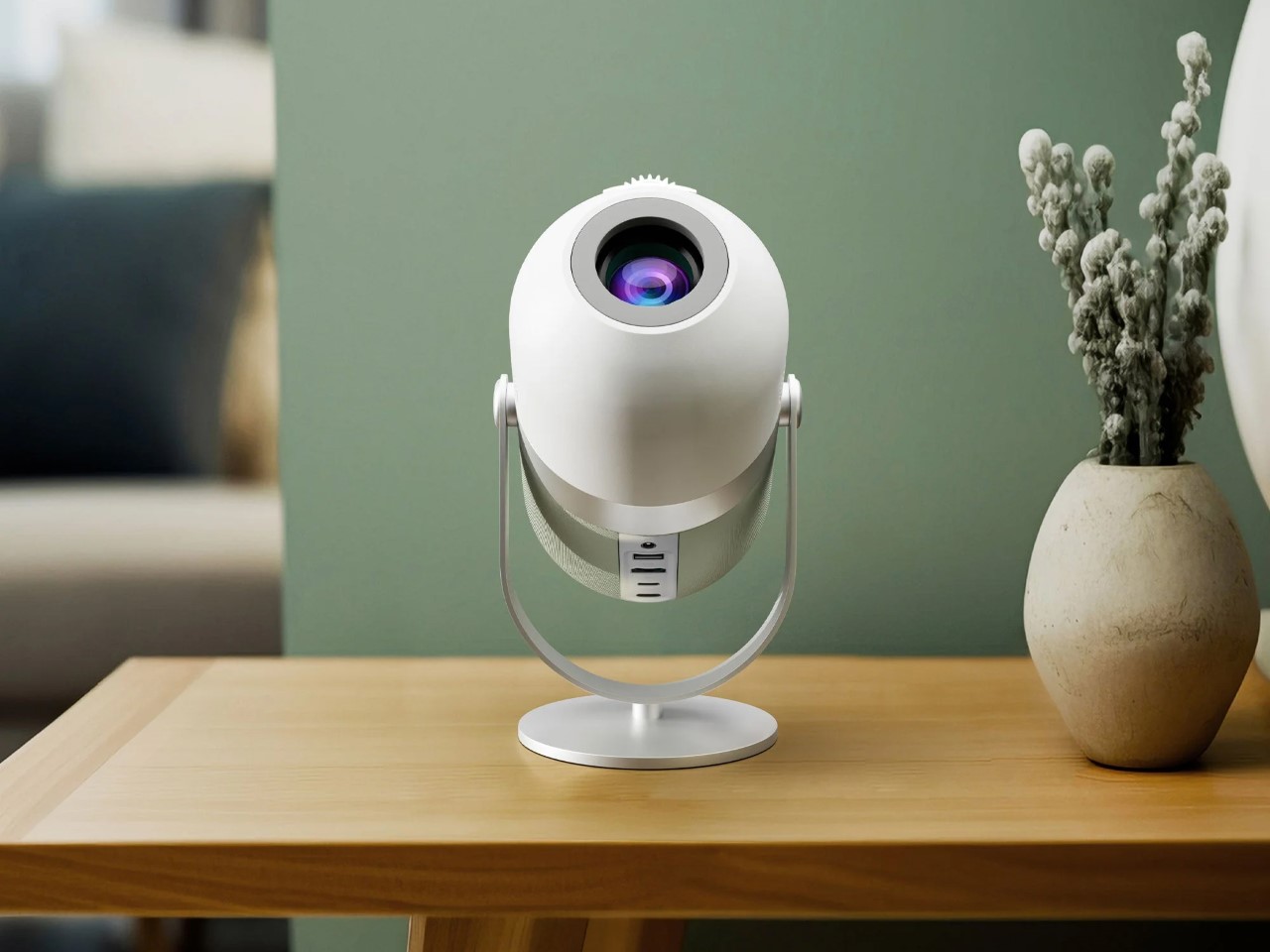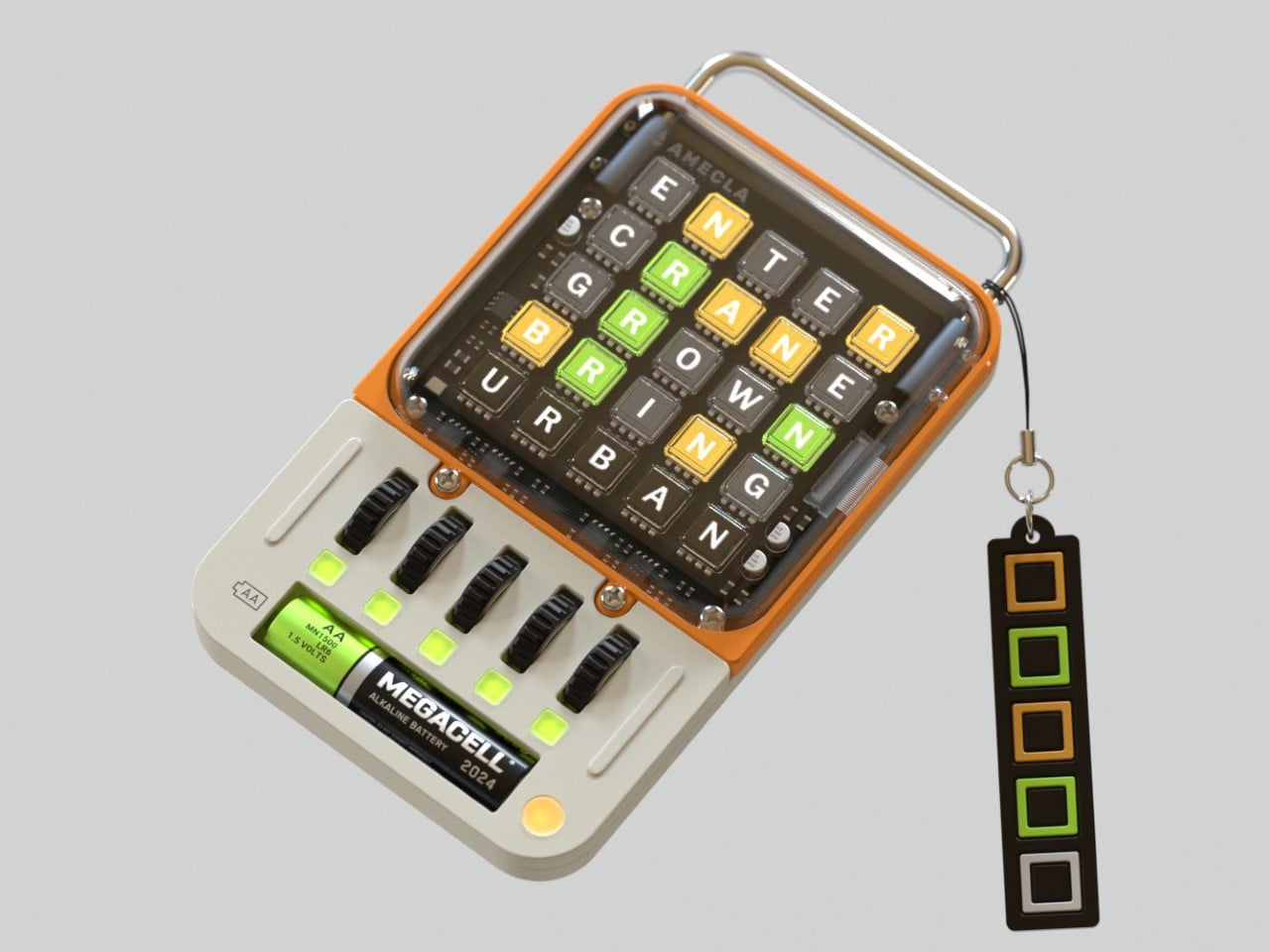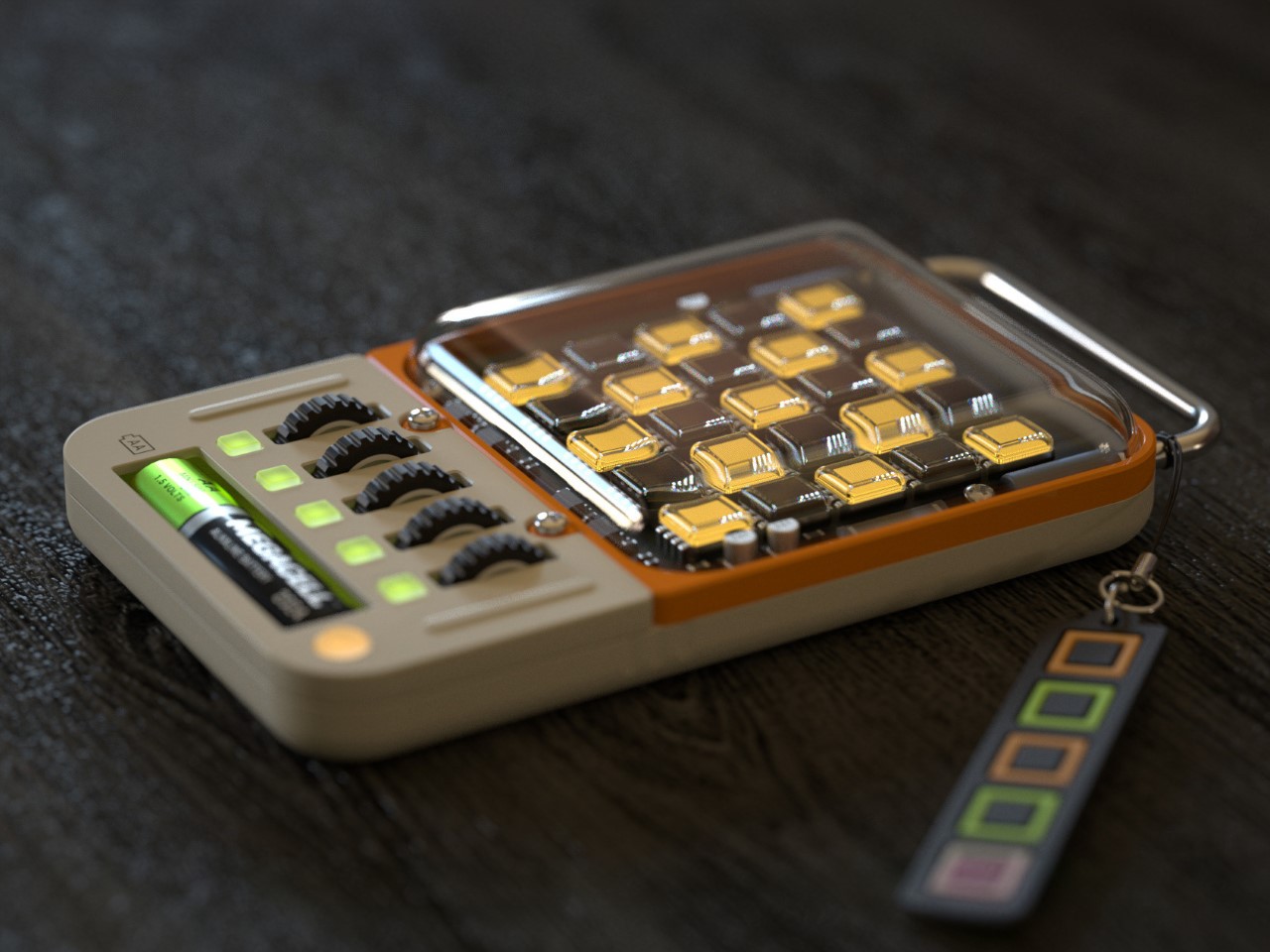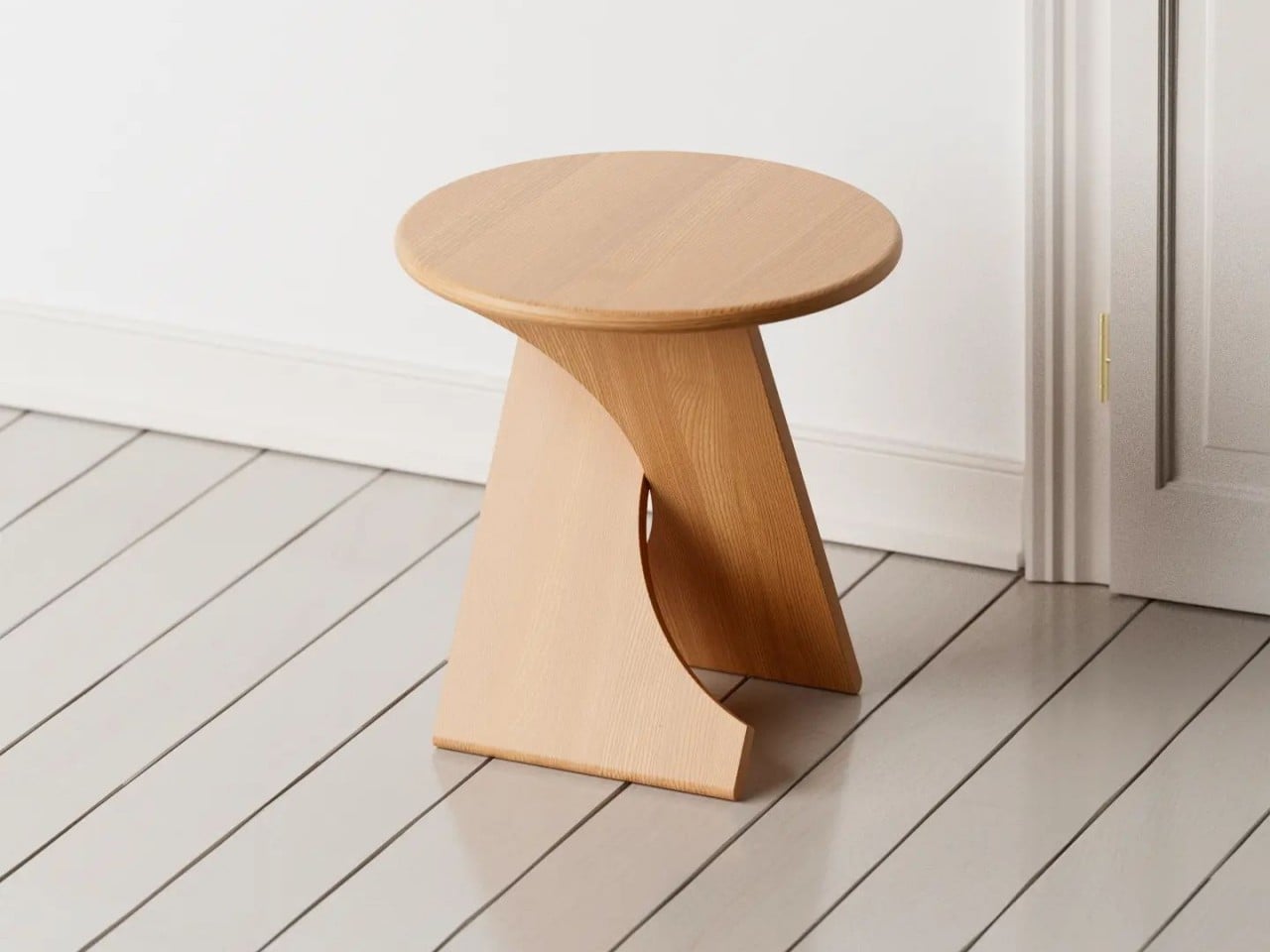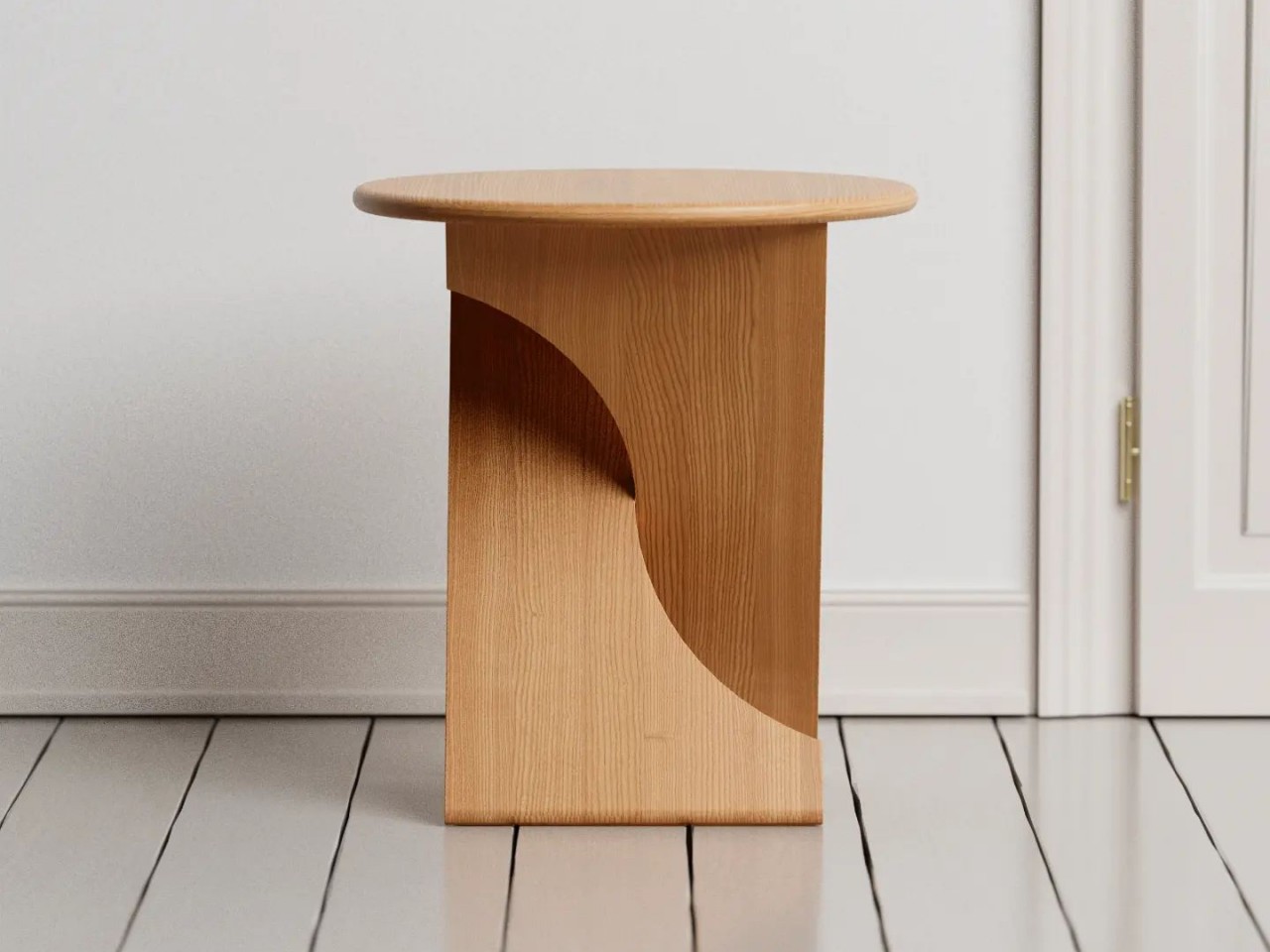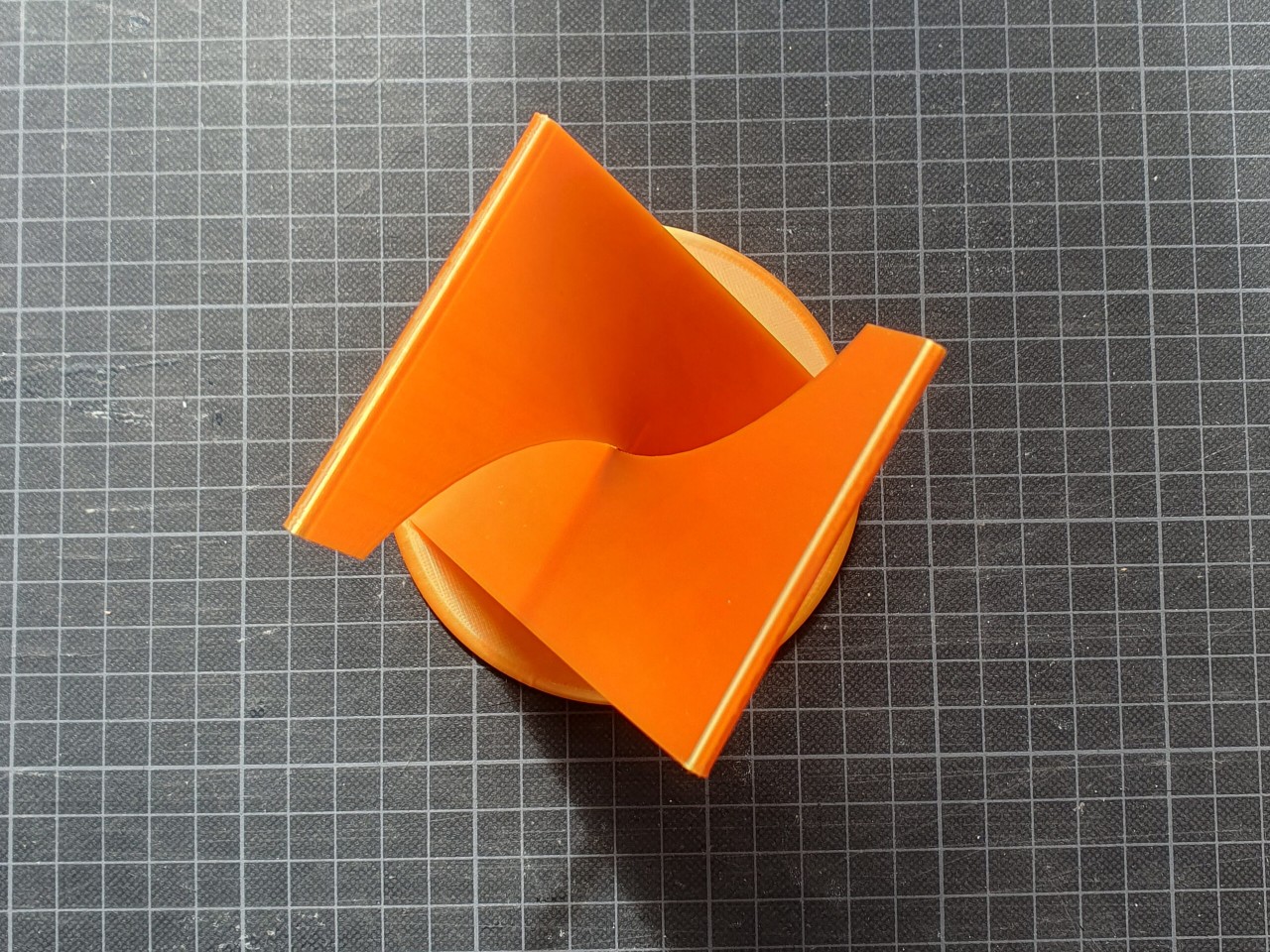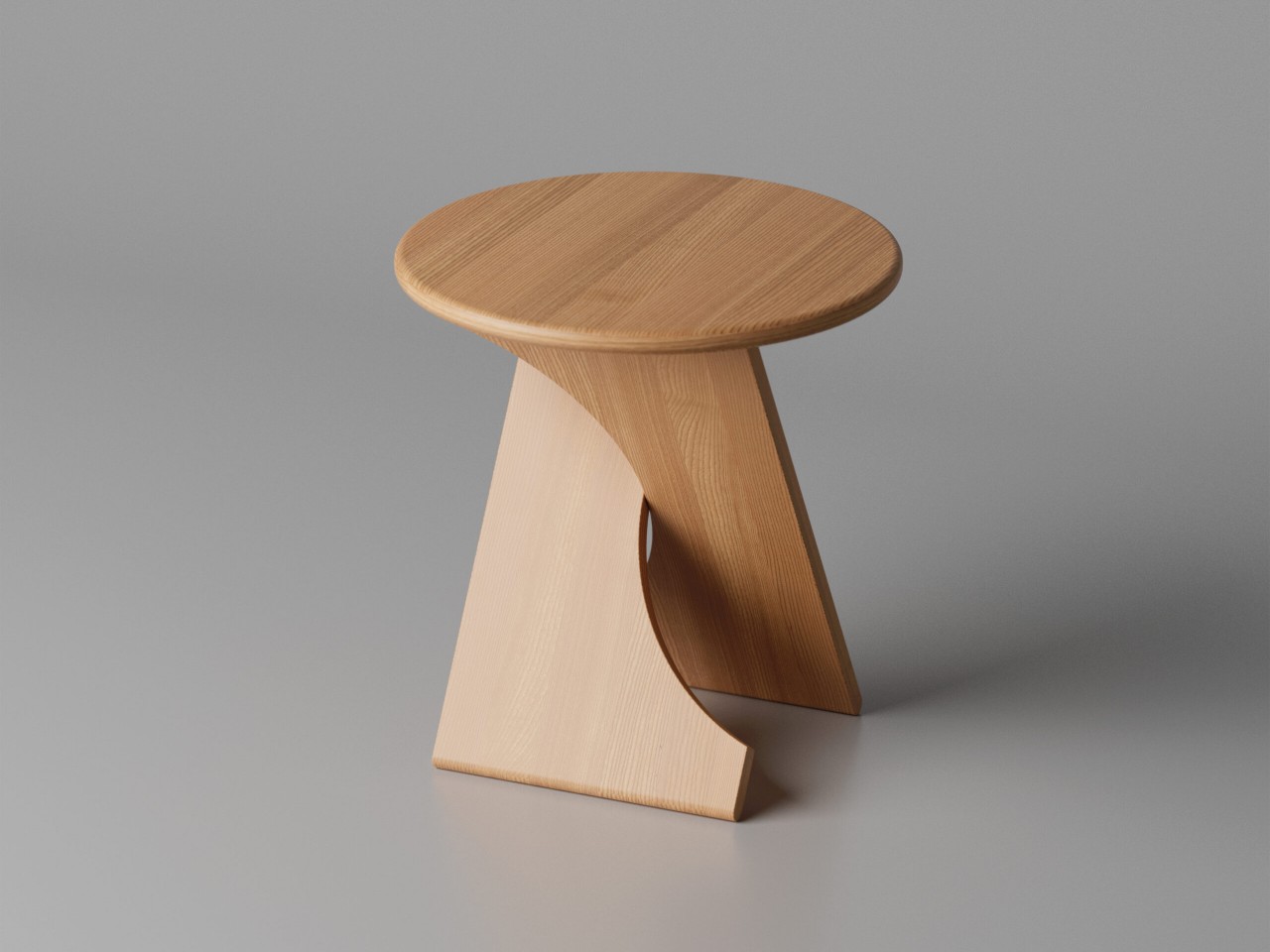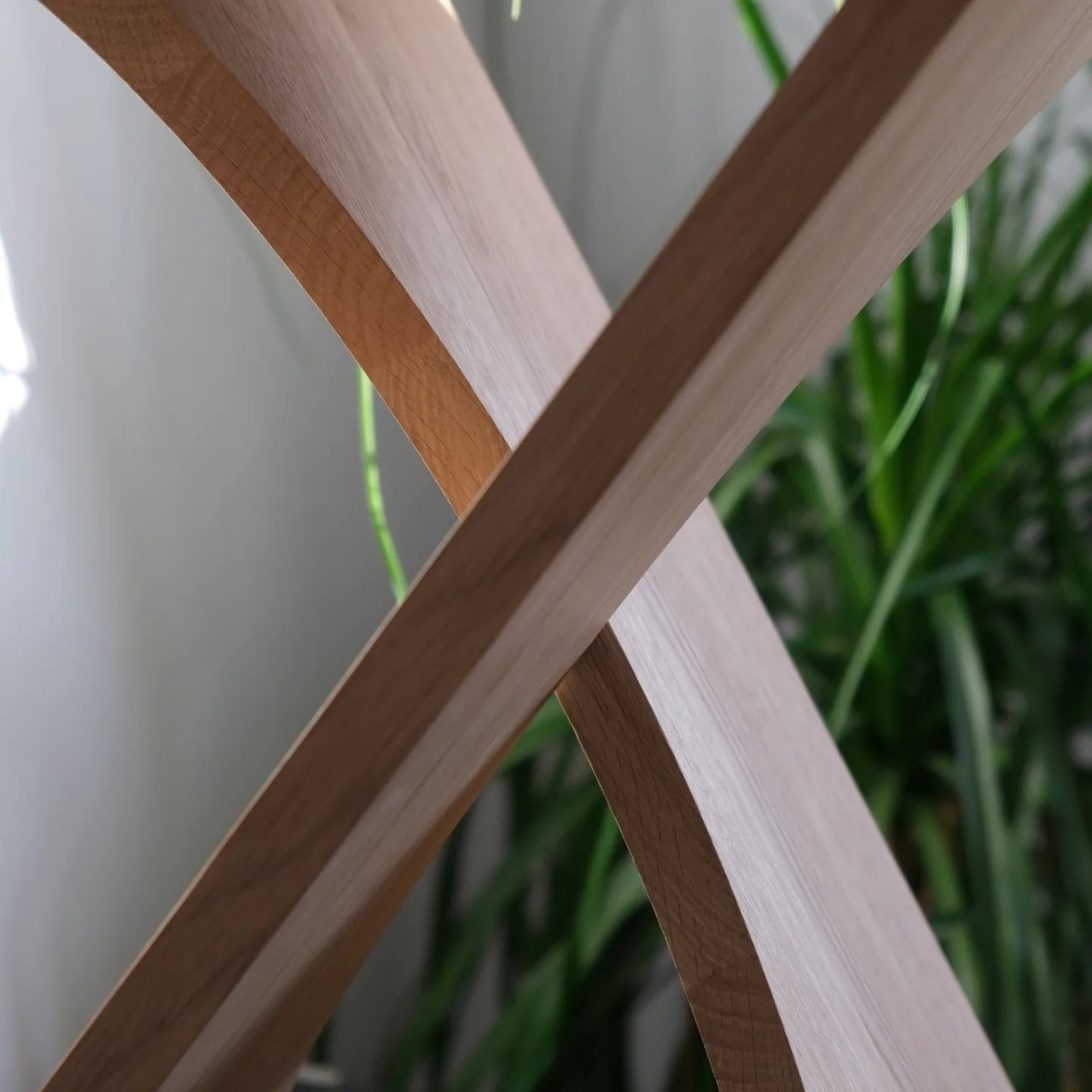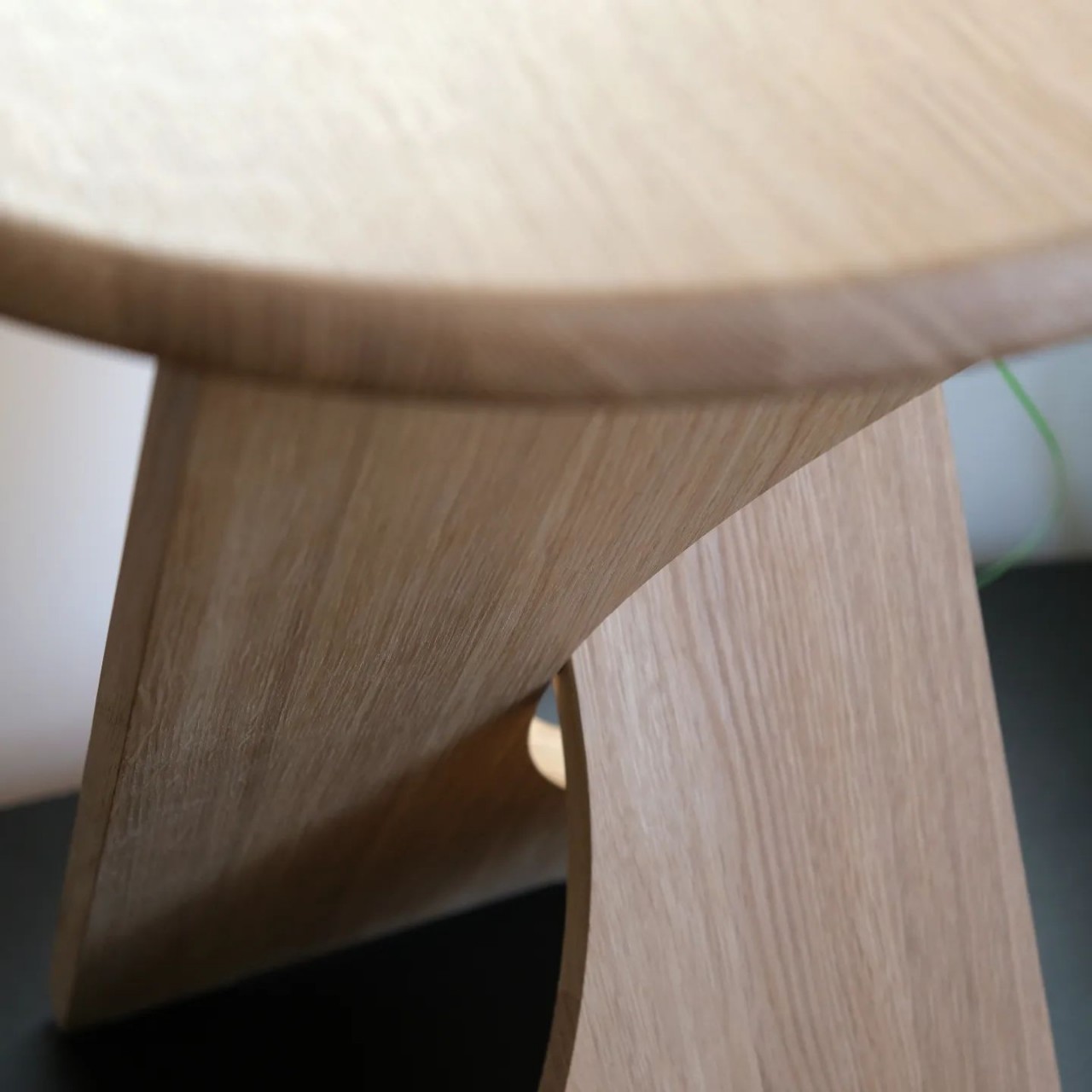Remember when some pens had multiple refills inside them and that somehow felt like peak functionality? Well, we now live in 2024, where a multi-refill pen is severely outdated. Instead, we’ve got 4-in-1 pens that pack rulers/scales, pencils, and even a capacitive stylus for working digitally. The FLINTONE is an all-metal pen that comes with a unique modular design. Its outer sleeve has a waterdrop cross-section that allows it to double as a grip for the pen on the inside. However, if you want to change things up, the pen element swaps out for other modules… namely a capacitive stylus, or an eternal pencil capable of writing forever without running out of graphite or needing to be sharpend. Designed with professionals and creatives in mind, this tool reflects a deep understanding of the demands placed on those who require precision, adaptability, and convenience in their daily tasks.
Designer: FLINTONE
Click Here to Buy Now: $79 $109 ($30 off) Hurry! Limited units left.
The FLINTONE 4-in-1 EDC Pen is crafted from aerospace-grade aluminum, making it both lightweight as well as durable (definitely more durable than those plastic pens you carry around). At the core of its design is the ability to switch between four functions—pen, pencil, touch pen, and ruler—effortlessly in just a few seconds. This pretty much guarantees never needing to carry a full-fledged stationery kit with you. The FLINTONE’s multipurpose design gives you all you need. The outer sleeve serves as a scale or ruler, and the pen, which can be detached from the sleeve, can be used independently. Conversely, the sleeve’s teardrop shape provides a nifty grip if you’re using the pen while it’s docked within. The pen itself uses a standard G2 refill, giving you the ability to swap out old refills for new ones.
The sleeve’s unique form factor has two functions. For starters, its non-cylindrical design means it’ll never roll off a table. However, on the tapered edge lie both imperial and metric etchings, allowing you to take measurements in the unit of your choice. This is particularly beneficial for engineers, architects, and designers who work in diverse environments and require precise measurements in different units. The rulers are integrated with a dual synchronized roller design that allows for smooth, parallel movement, making it easier to draw straight lines and achieve accurate measurements.

The roller design lets you move the scale on a perfect straight axis, allowing you to quickly draw parallel lines.
The barrel of the pen module comes with a threaded end, allowing you to attach any one of the FLINTONE’s other modules. This effectively allows you to slide the pen out, flip it over, and slide it back in, basically swapping modules in a way. Apart from the ballpoint pen, the FLINTONE offers a capacitive stylus, allowing you to draw on most touchscreens the way you would on paper with a pen/pencil. Unlike other styluses that require charging (looking at you, Apple), the one on the FLINTONE works without a battery, although don’t expect any functions like pressure-sensing or tilt detection the way you would get with an Apple Pencil.
Alternatively, you have the option of using the eternal pencil module – perhaps the most interesting of the bunch. The eternal pencil uses a specific alloy instead of graphite. While graphite rubs off on paper, creating the black mark you see, this alloy oxidises onto paper, providing a similar mark without getting depleted the way graphite does. The result, stellar black lines without dust, smudging, or even the need to sharpen. The eternal pencil quite literally works forever, without losing its pointed tip.
The FLINTONE’s waterdrop-shaped body provides an ergonomic grip, allowing for extended use without causing hand fatigue. This design consideration is particularly important for those who spend long hours working on detailed projects, where comfort can significantly impact productivity. The pen also features a magnetic closure that secures it in place, preventing it from rolling off surfaces and ensuring it is always within reach.
In addition to its multifunctional capabilities, the FLINTONE 4-in-1 EDC Pen is built to last. The pencil component, for instance, is constructed from an ultra-durable carbon alloy, capable of withstanding extensive use. This durability is matched by the pen’s overall construction, which is designed to endure the rigors of daily use in demanding environments. The pen also comes with a specially crafted storage case, which helps keep everything organized and prevents any mess.
By combining multiple tools into one sleek and durable device, the folks at FLINTONE have created a product that meets the needs of professionals and creatives alike. Whether you are drafting a technical drawing, taking notes, or interacting with your digital devices, this pen is engineered to deliver performance and convenience at every turn. The FLINTONE sports a $79 price tag, which may seem high for a pen, but can be justified when you look at its 4-in-1 aspect and all-metal durable construction. The FLINTONE 4-in-1 pen comes in 3 colors – Frost Silver, Midnight Black, and Aurora Blue (shown in the images above). The pen ships globally, starting November 2024.
Click Here to Buy Now: $79 $109 ($30 off) Hurry! Limited units left.
The post 4-in-1 EDC Pen also packs a Ruler, Stylus, and an Eternal Pencil that lasts forever first appeared on Yanko Design.


